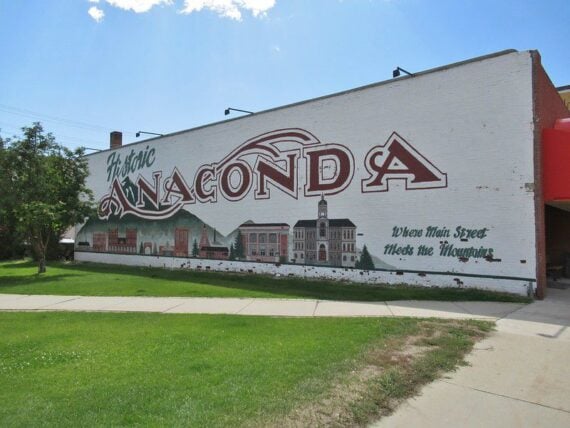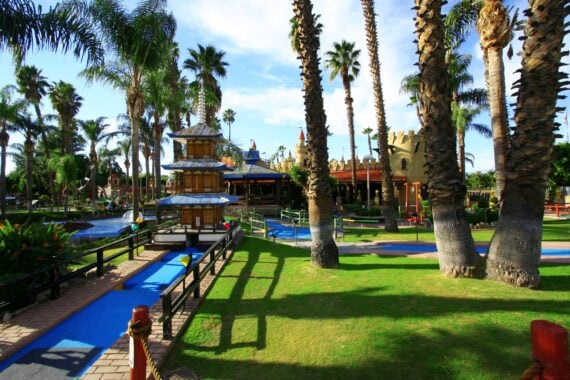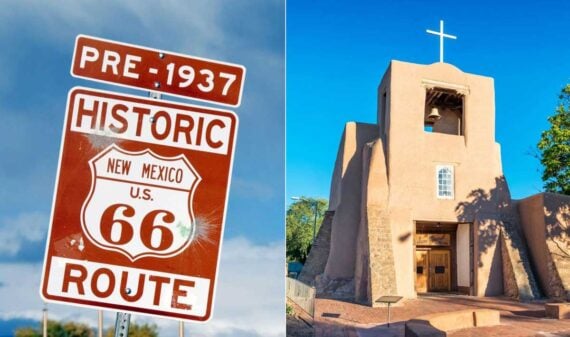From Eek, Alaska, to Christmas, Florida, American towns have taken on some unusual names over the years. Sometimes they pay tribute to an early founder.
Sometimes they reflect the local geography. And sometimes — more often than you’d think — they’re the result of a bureaucratic misunderstanding.
Related: The Best Small Towns to Visit Across America
Gu-Win, Alabama
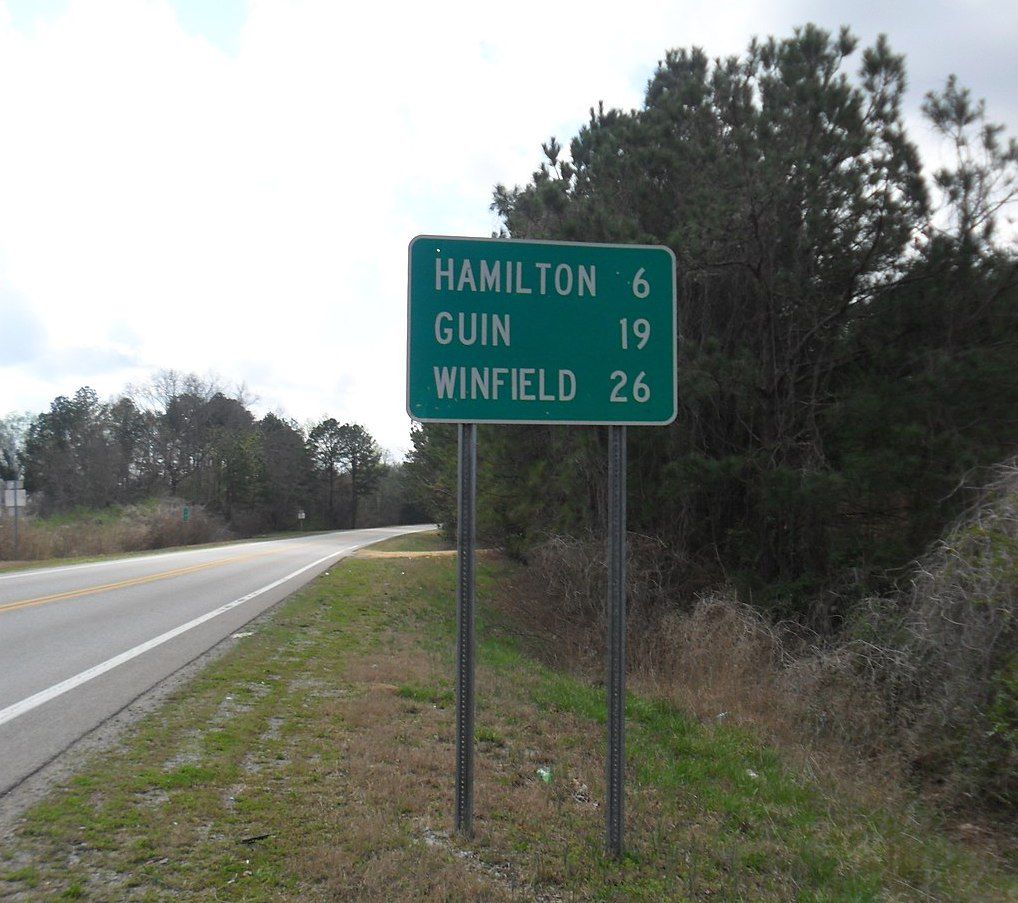
Faced with annexation by the nearby town of Guin, the community of about 150 known as Ear Gap decided to incorporate in 1956. Residents adopted their new name from the Gu-Win Drive-In theater, situated halfway between nearby Guin and Winfield. As the story goes, the theater’s owner, George Thornton, didn’t want to buy a new sign, so he convinced residents to go along — and then became Gu-Win’s first mayor. And Guin? Well, that’s another story.
For more fun trivia stories, please sign up for our free newsletters.Eek, Alaska
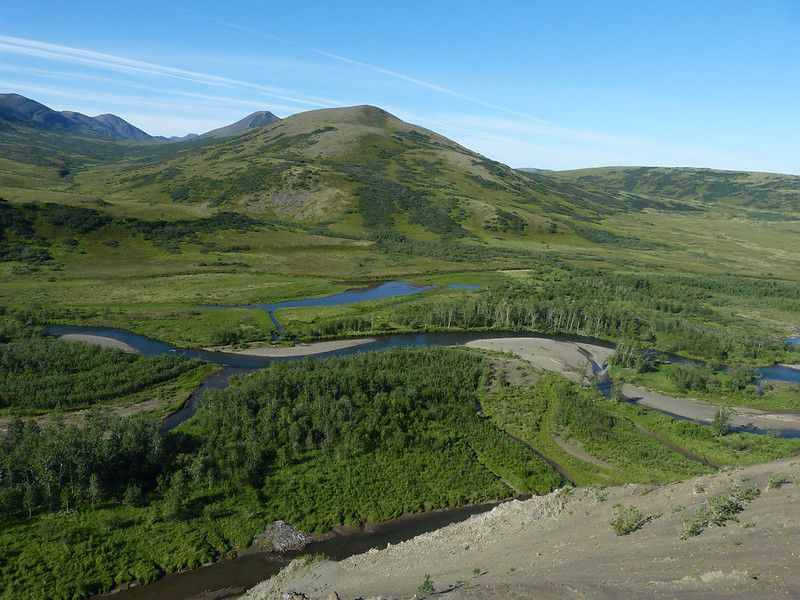
Seems like this town’s name should be spelled in all caps with an exclamation mark at the end, right? Actually, it’s from the Central Yup’ik word “iik” meaning “two eyes.” The remote town of about 401 residents recently got running water and flush toilets, thanks to a community development project. The town is so remote that visitors arrive via a plane or by boat — or snow machine in the winter.
Carefree, Arizona
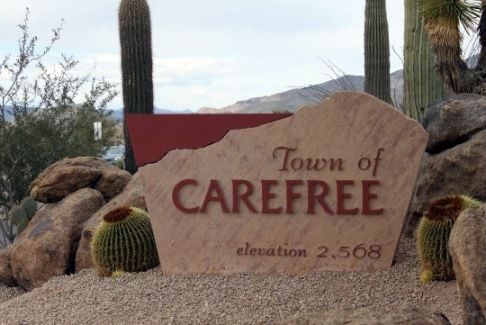
Hatched during a Kiwanis luncheon in Phoenix, the town was developed north of Scottsdale in the late 1950s featuring homes on Easy Street, Tranquil Trail, Nonchalant Avenue, and Lazy Lane. It’s the inspiration for Gordon Lightfoot’s song “Carefree Highway.”
Goobertown, Arkansas
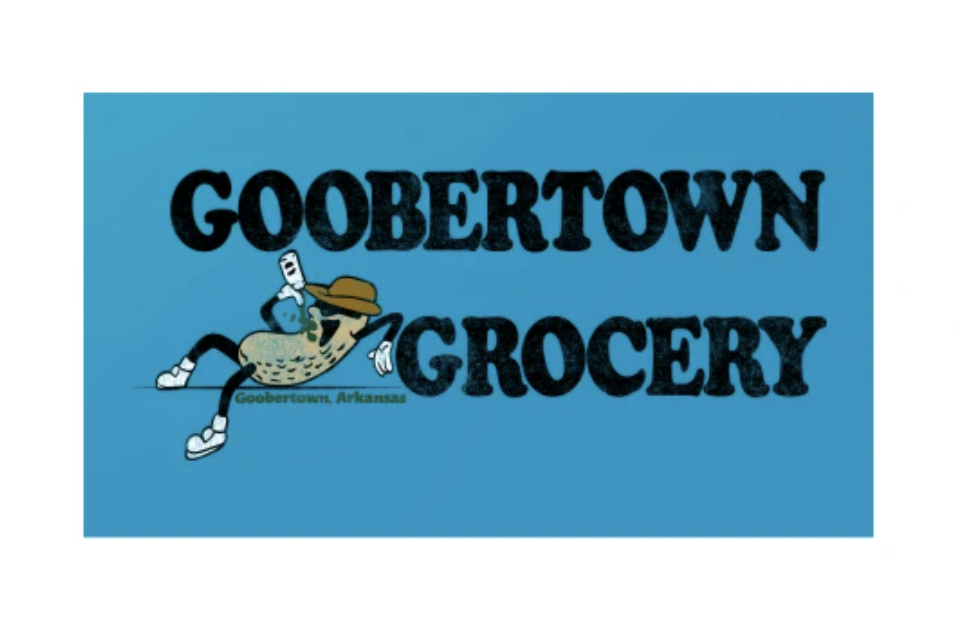
In the South, peanuts are known as goobers or goober peas, like the old song. This small community on U.S. Route 49 in Craighead County near Jonesboro apparently got its name because Confederate soldiers camped there and ate wild peanuts. They later returned with their families to farm the nuts.
Rough and Ready, California
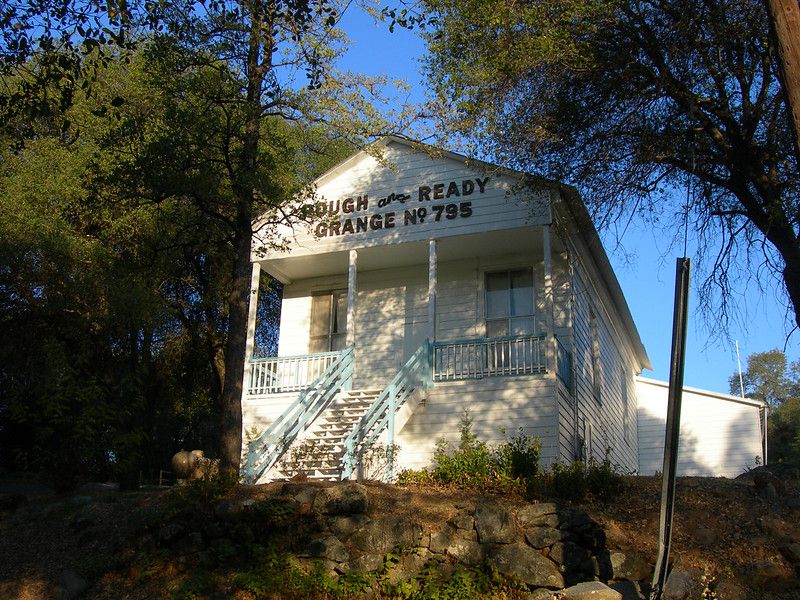
Located in Nevada County about 60 miles from Sacramento, this Gold Rush mining town seceded from the Union over taxes in April of 1850. They were back on board by July 4 “swept up by a patriotic fervor, maybe feeling a bit guilty (and possibly, according to some accounts, reacting to the refusal of Grass Valley and Nevada City saloons to sell liquor to ‘foreigners’ from Rough and Ready),” says the town’s chamber of commerce. The town’s name stems from the Rough and Ready mining company, whose leader served under President Zachary Taylor, known as “Old Rough and Ready.”
Related: Top 20 Old Western Towns You Can Still VisitTrending on Cheapism
Dinosaur, Colorado
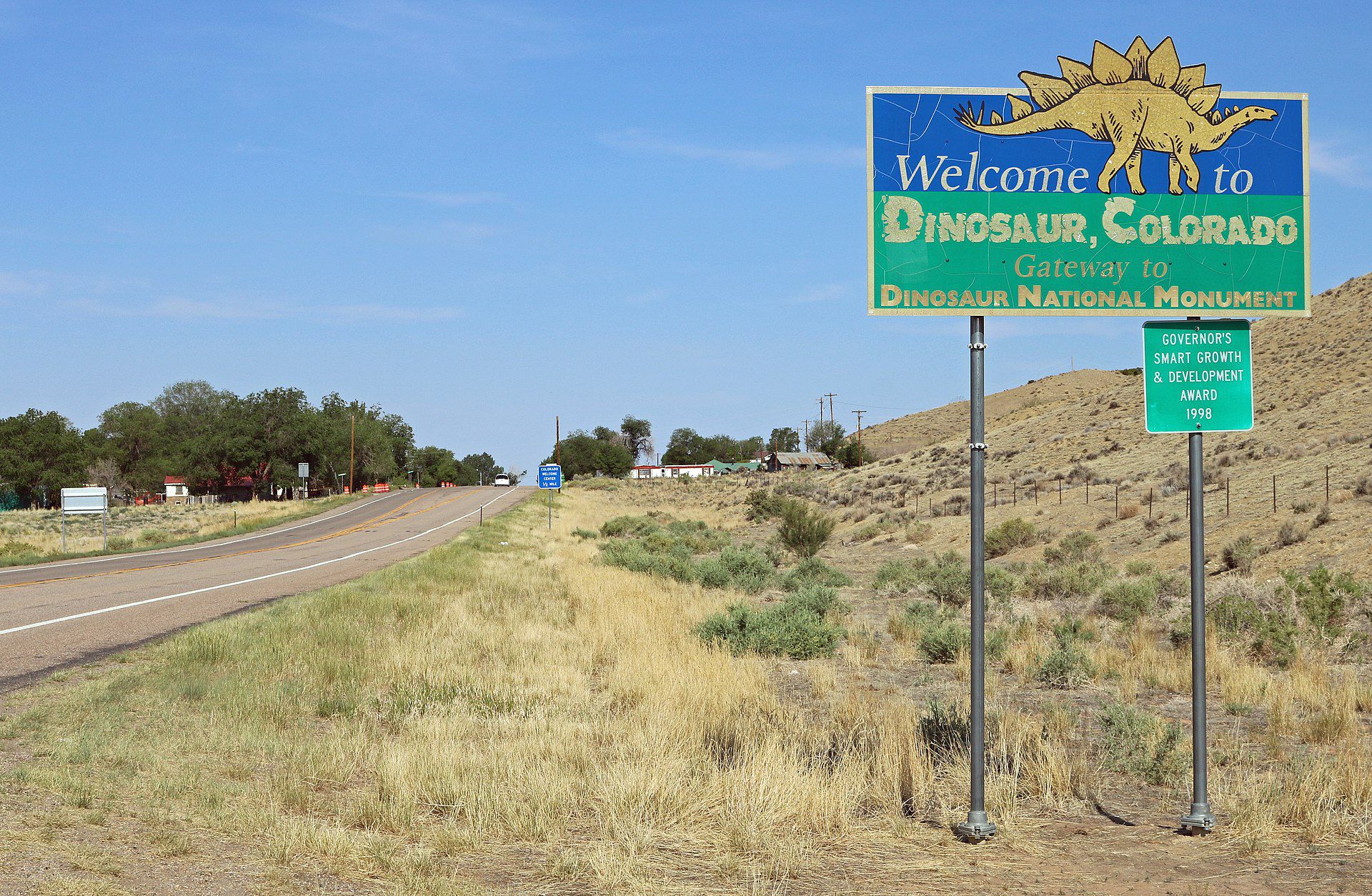
The town, once known as Artesia, changed its name in 1966 to take advantage of the growing popularity of nearby Dinosaur National Monument. With about 300 residents — who live on Tyrannosaurus Street, Triceratops Terrace, and Brontosaurus Boulevard, among others — the town’s website calls it “a quiet town, still recovering from oil booms and busts and ranchers dealing with a many-year drought.”
Mystic, Connecticut
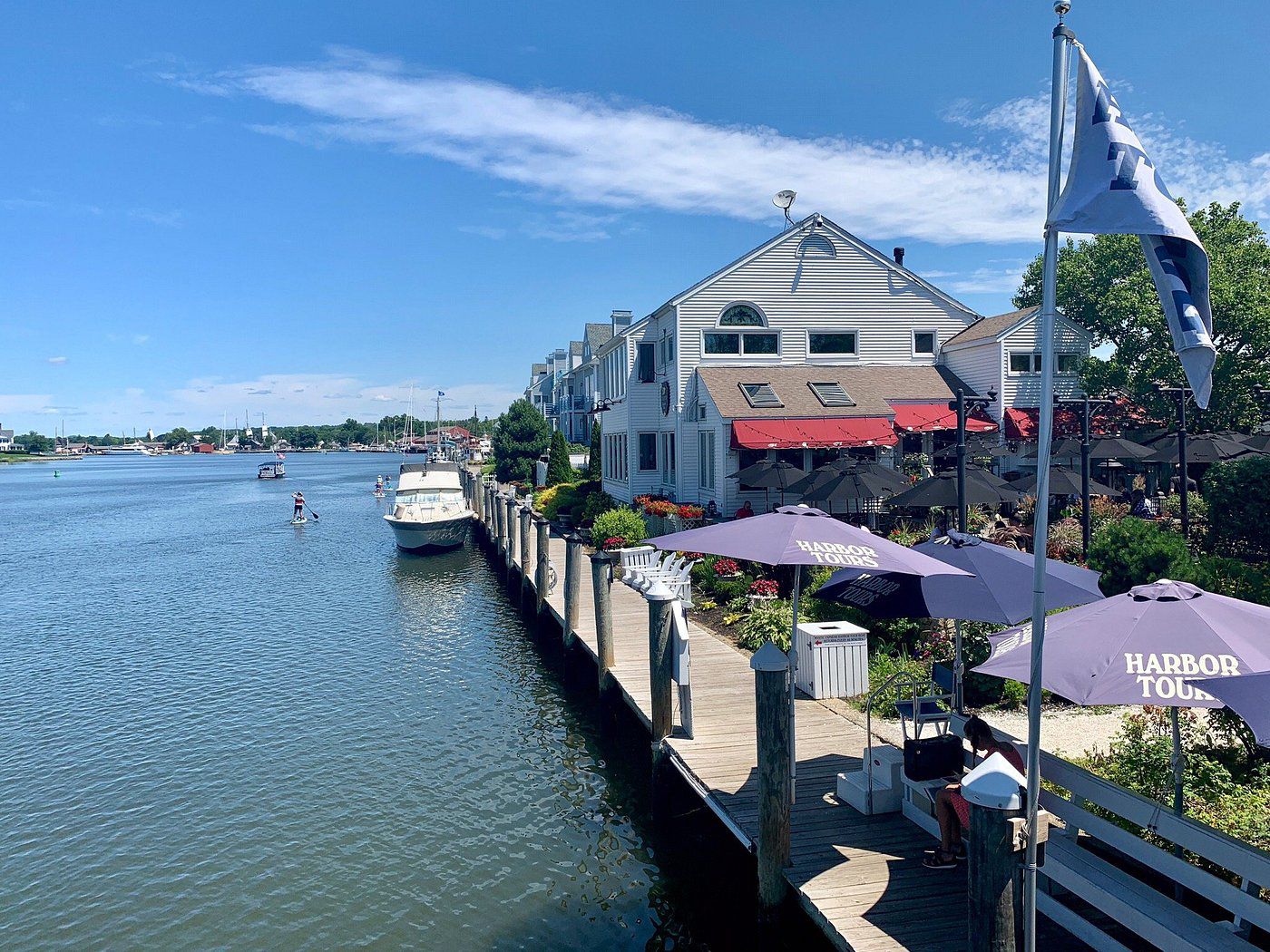
One of the more well-known entries in this list is the historic seaport resort in southeastern Connecticut that dates back to 1654. But how about the name? It’s said to be taken from the Pequot Indian word “missi-tuk,” which means “great tidal river.” Makes you want to listen to a little Van Morrison, doesn’t it?
Slaughter Beach, Delaware
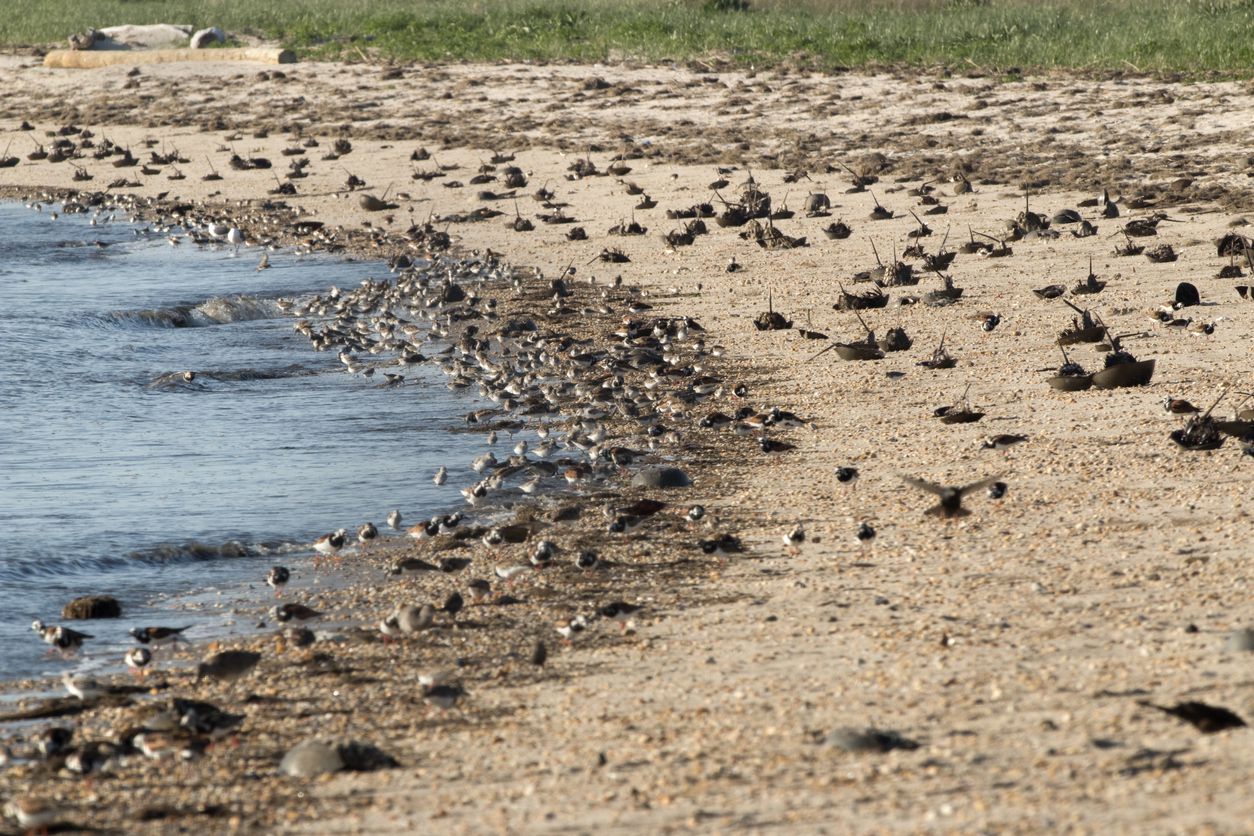
The name may sound like something from a horror movie, but it’s likely connected to nearby Slaughter Creek or may have been the last name of the first postmaster. At any rate, the small town of about 200 people on Delaware Bay is a sanctuary for horseshoe crabs, which come ashore there to spawn in spring and early summer.
Sign up for our newsletter
Christmas, Florida
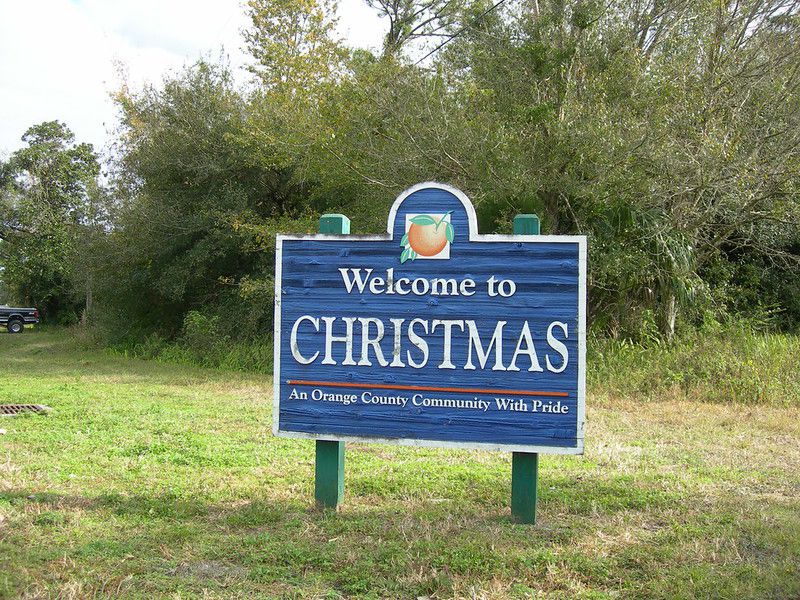
On Dec. 25, 1837, U.S. Army soldiers arrived at this location to build a fort and named it for the holiday. Little did they know the place would one day be home to about 1,700 people who live on streets named for saints and Santa’s reindeer. Nor would they probably have imagined the sacks of mail that arrive each year for Santa Claus.
Related: From Santa Claus to Mistletoe: 20 Towns With Festive NamesHopeulikit, Georgia
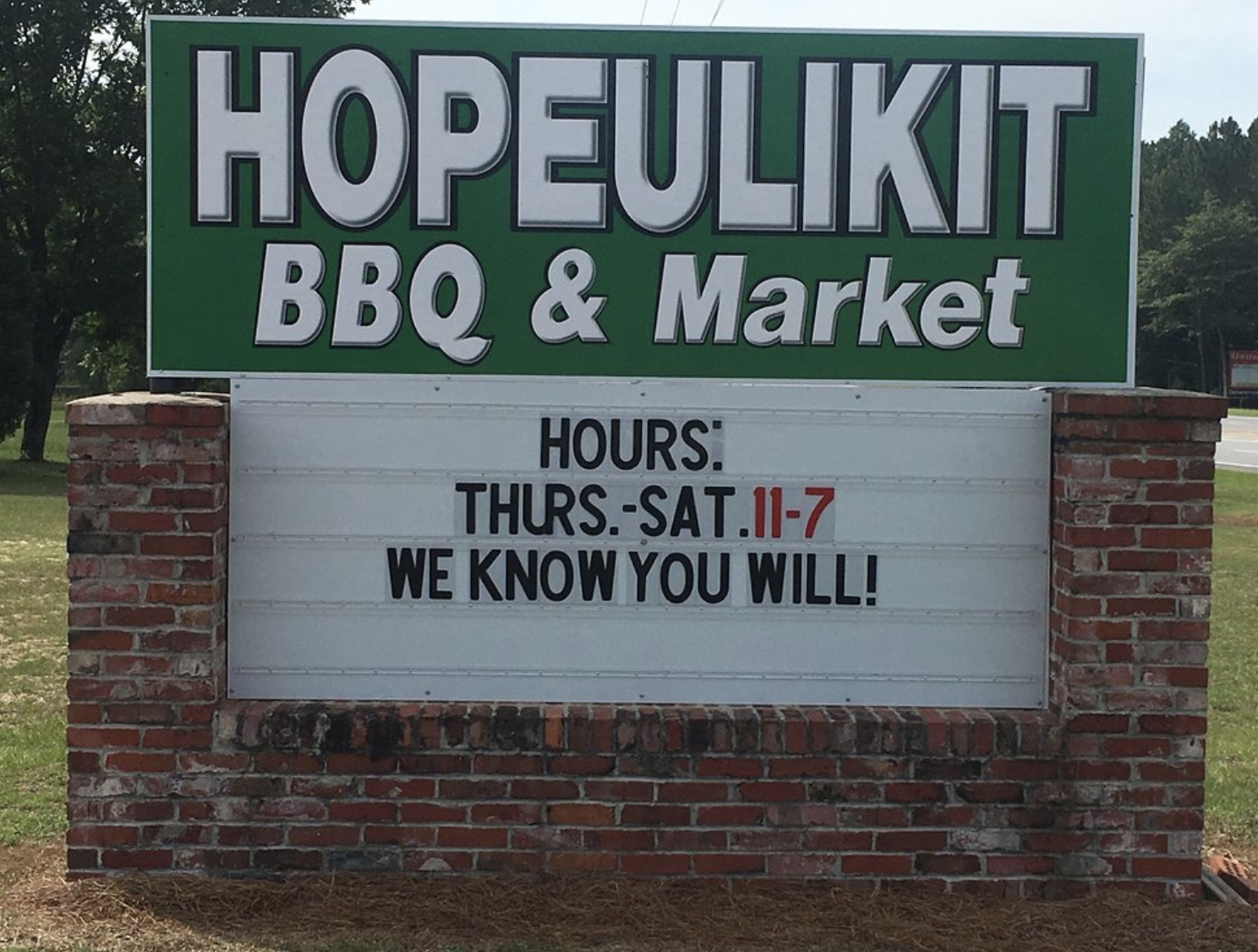
This crossroads community of about 100 people took its name from a dance hall that operated there in the 1920s and ’30s. The state of Georgia took it off official maps in 2006, but there are still traces of it on U.S. Route 80 north of Statesboro. You can also still visit the local BBQ and Market — we’re sure you’ll likit.
Haiku, Hawaii
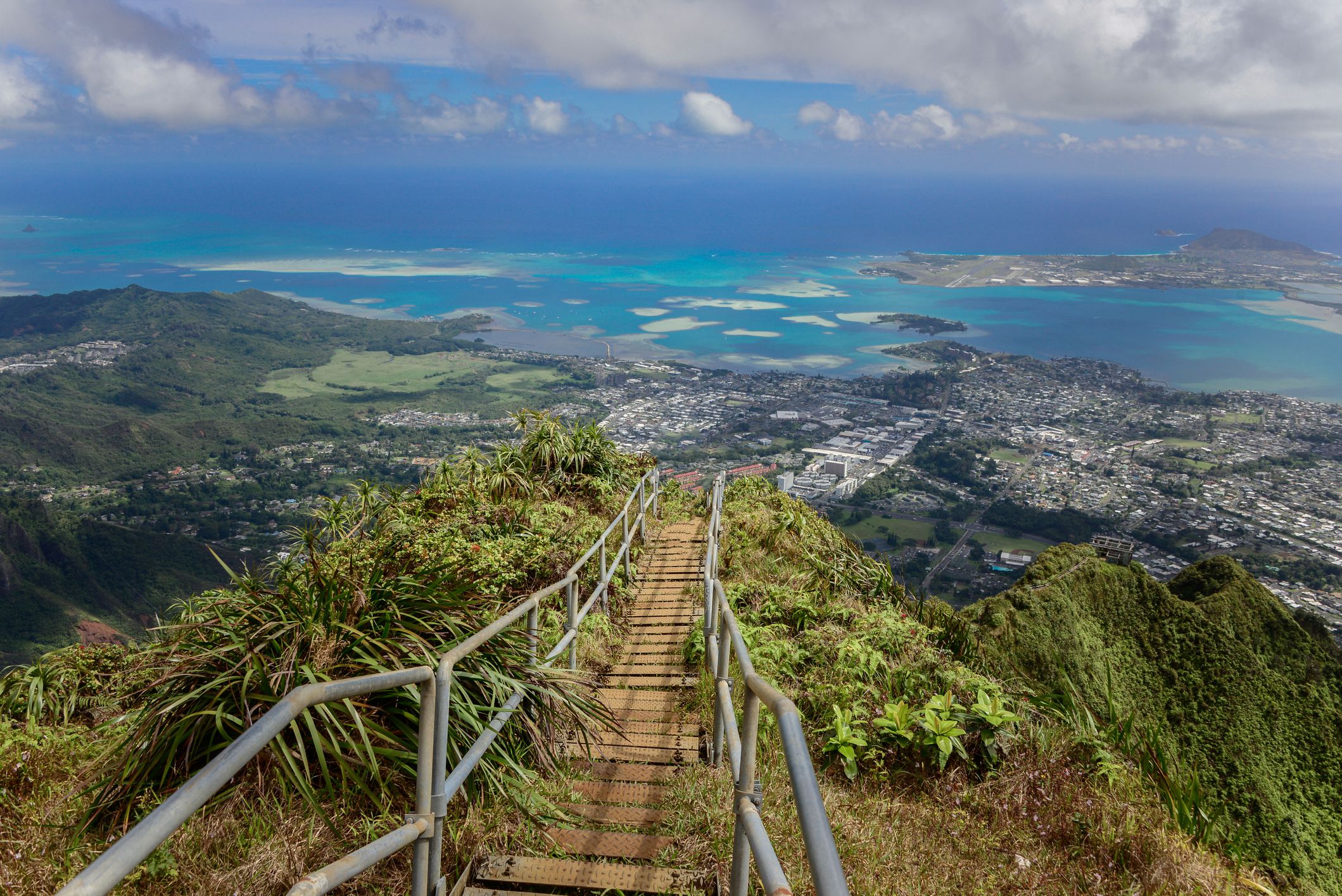
We generally think of haiku as a form of poetry, but the word means “talk abruptly” or “sharp break” in Hawaiian. The area on the north shore of the island of Maui was the home of a mill for the Haiku Sugar Co. and later the site of a thriving pineapple plantation with two canneries.
Soda Springs, Idaho
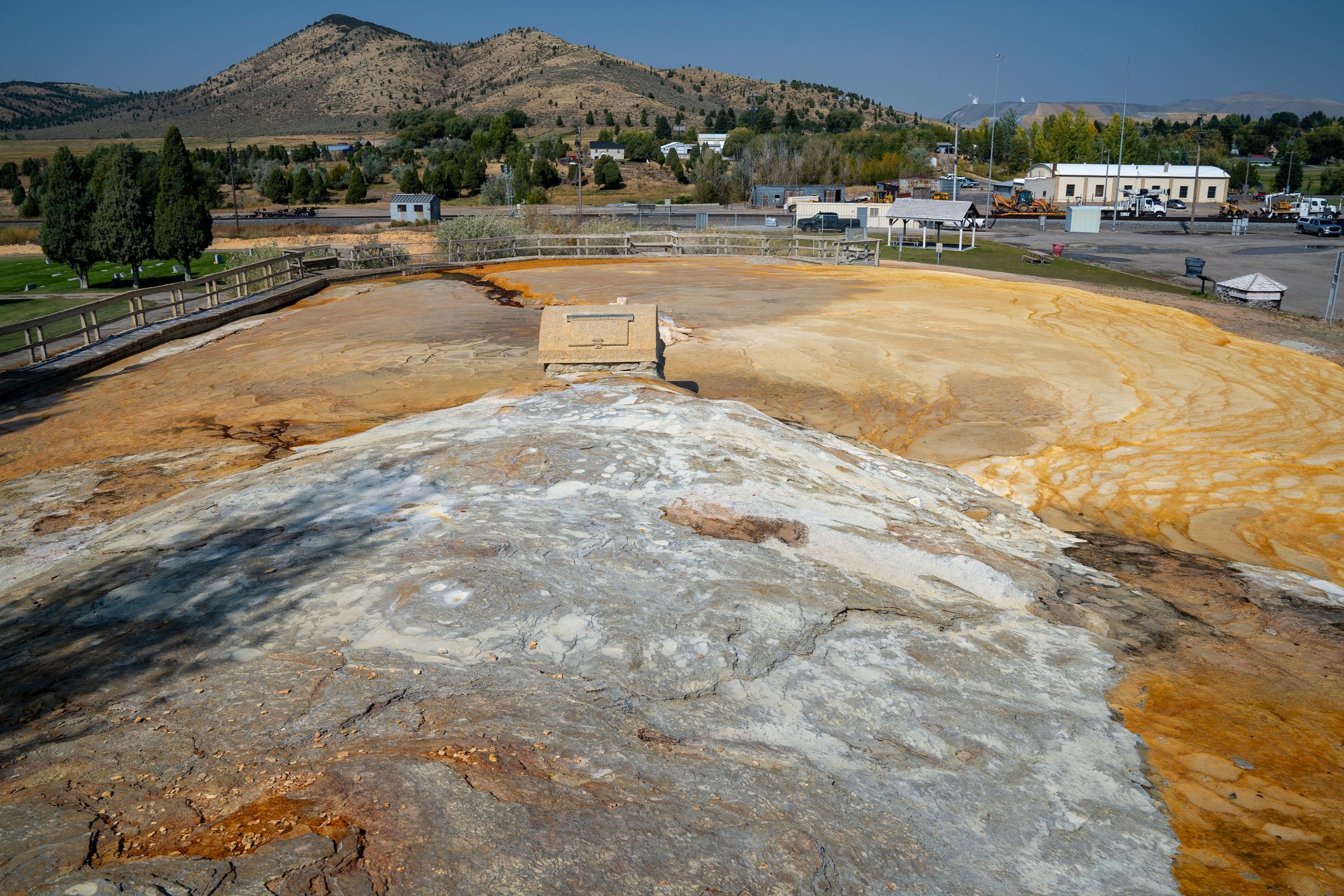
The county seat of Caribou County in southeast Idaho was known to pioneers as the Oregon Trail Oasis for the number of bubbling pools of carbonated water. Soda Spring Geyser was actually created in 1937 when engineers hit a chamber of water mixed with carbon dioxide. The geyser was capped, and a timer allows it to “erupt” at regular intervals.
Normal, Illinois
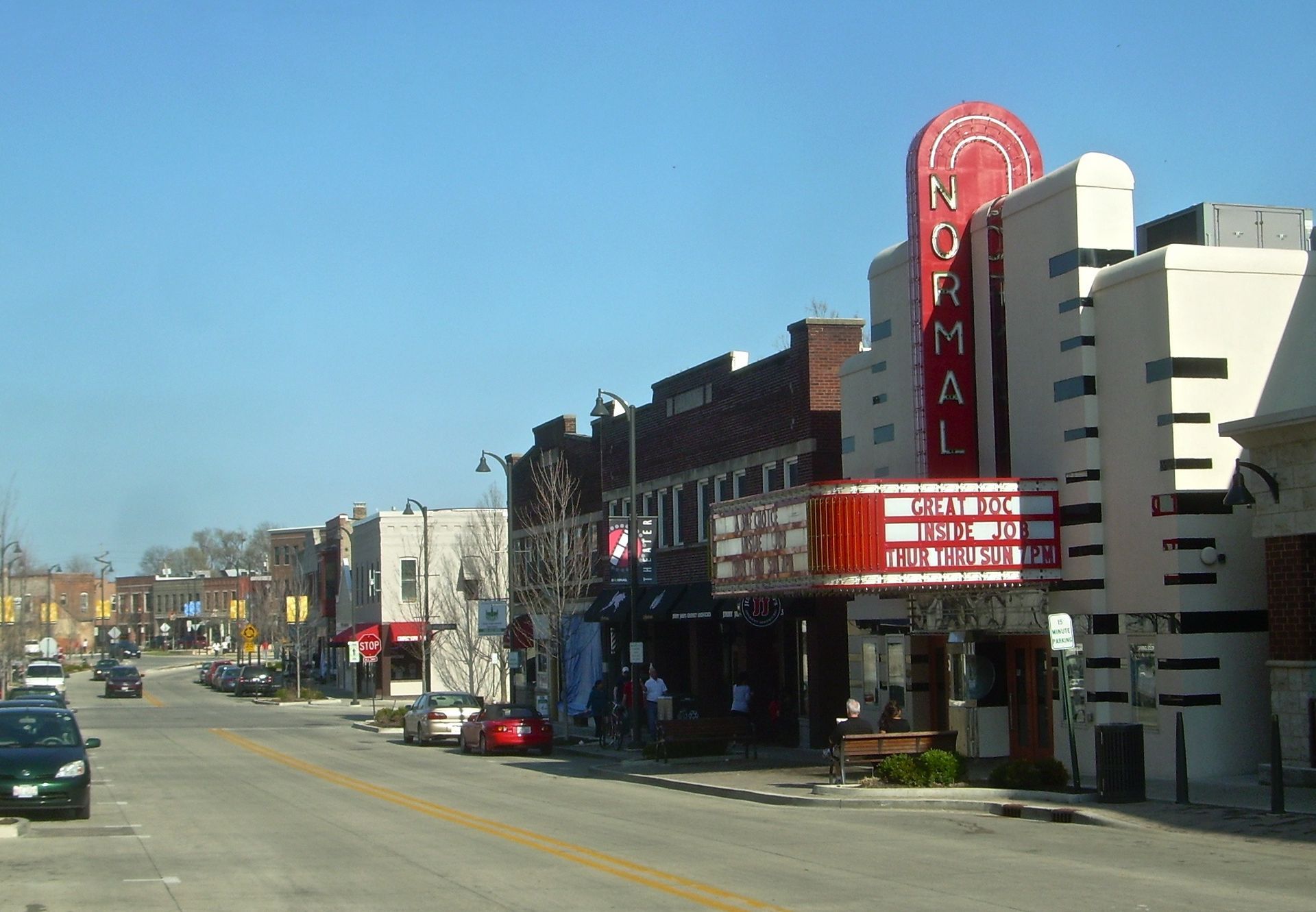
Established in 1854 as North Bloomington, the city changed its name in 1865 when it became the site of Illinois State Normal University — “normal” schools were teacher training institutions inspired by French teaching schools. The school is now called Illinois State University, but the city of 54,000 stuck kept its name. Normalites have been taking a ribbing ever since.
Santa Claus, Indiana
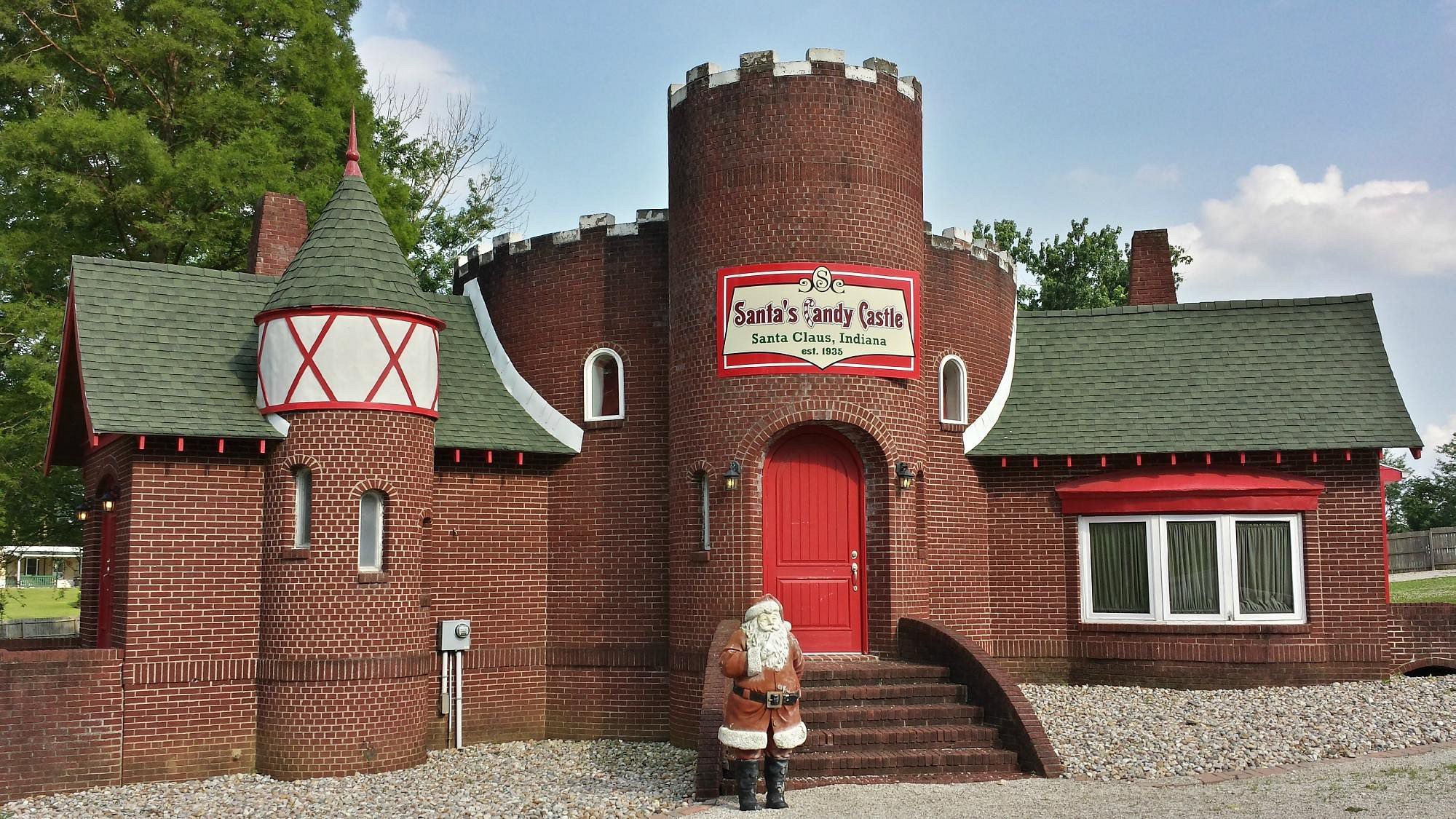
In the 1850s, the original handful of residents of this Spencer County town wanted to name it Santa Fe. But the postal service denied their request since there was already an Indiana town by that name. So, being the holiday season, they chose Santa Claus. Development based on the holiday theme followed including Santa’s Candy Castle, Holiday World & Splashin’ Safari, Santa’s Lakeside Cottages, and the Santa Claus Museum.
Jamaica, Iowa
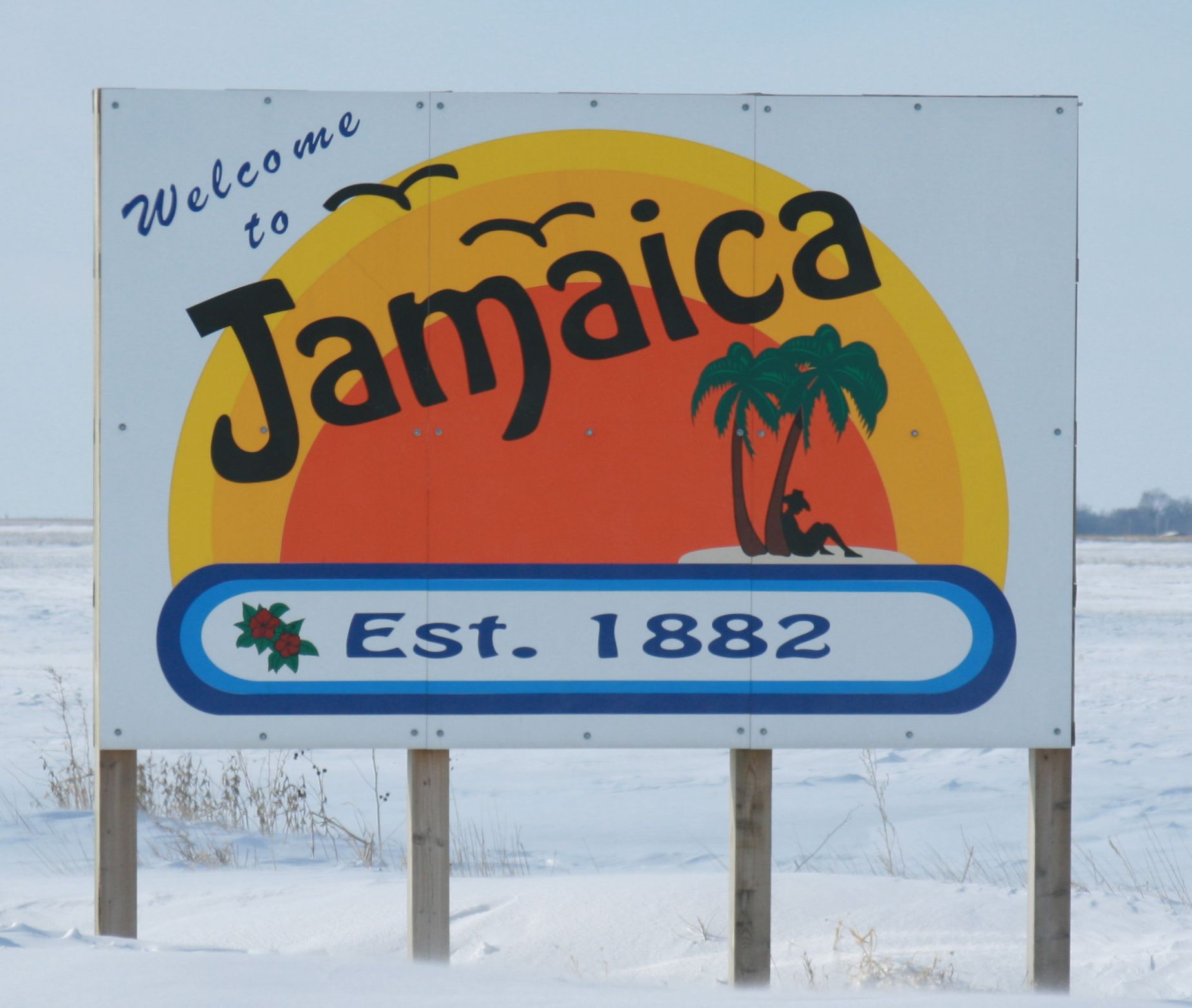
The original name of this little town in Guthrie County northwest of Des Moines was also taken. When the locals couldn’t use the name Van Ness, they called a meeting where the mayor put on a blindfold and randomly put his finger on a map, finding Jamaica, according to A Dictionary of Iowa Places.
Liberal, Kansas
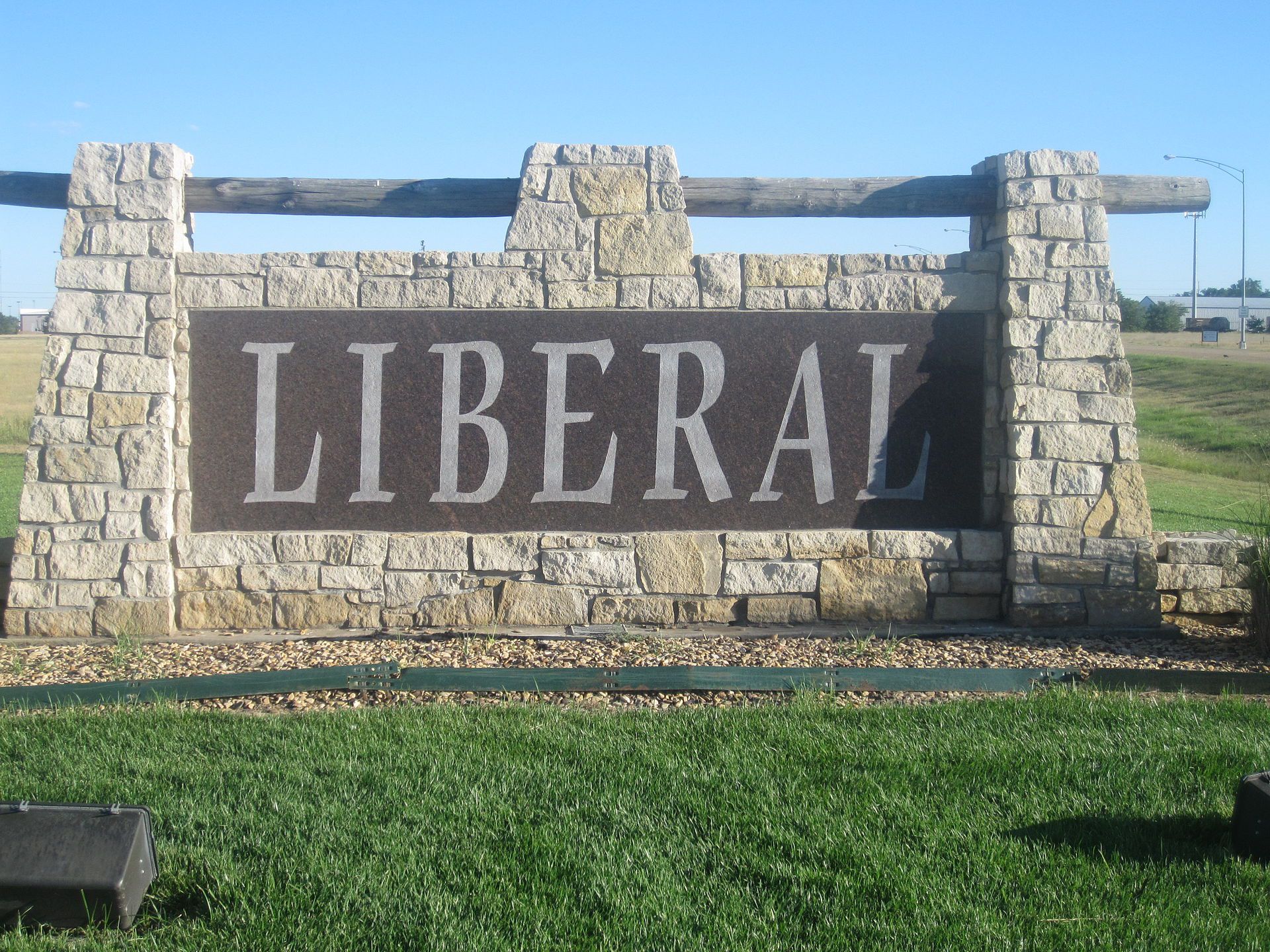
It might seem ironic that there’s a Liberal in conservative Kansas, but the name of the county seat of Seward County in the southwest portion of the state has nothing to do with politics. It stems from the kindness one early landowner showed travelers passing through the area on their way West. S.S. Rogers offered free water from his hand-dug well, which visitors found to be “liberal” of him and the term stuck. A lesson for us all.
Eighty Eight, Kentucky
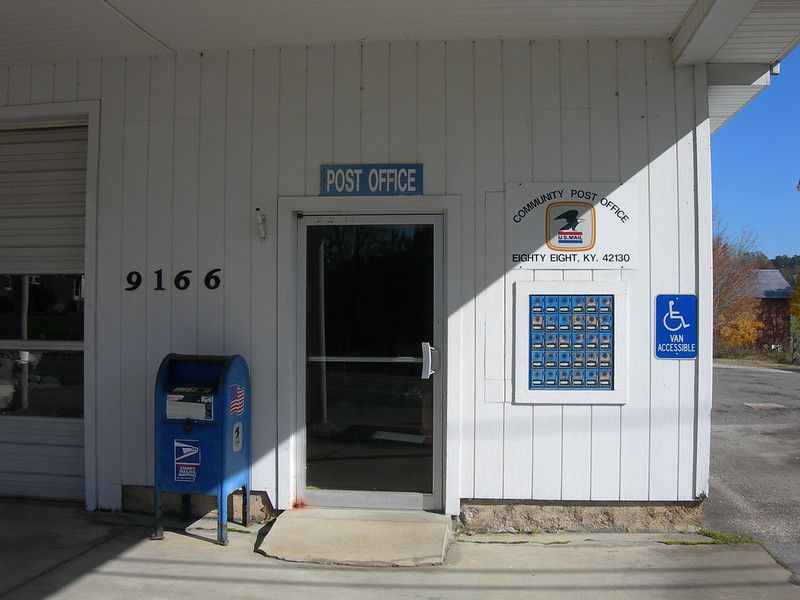
The story goes that the town’s first postmaster decided to use the number because he wasn’t confident enough in his handwriting to spell anything legibly. He also had 88 cents in his pocket at the time. The little town in Barren County gained some notoriety for a little while in August of 1988 and then again in 2008. It’s a numbers thing.
Waterproof, Louisiana
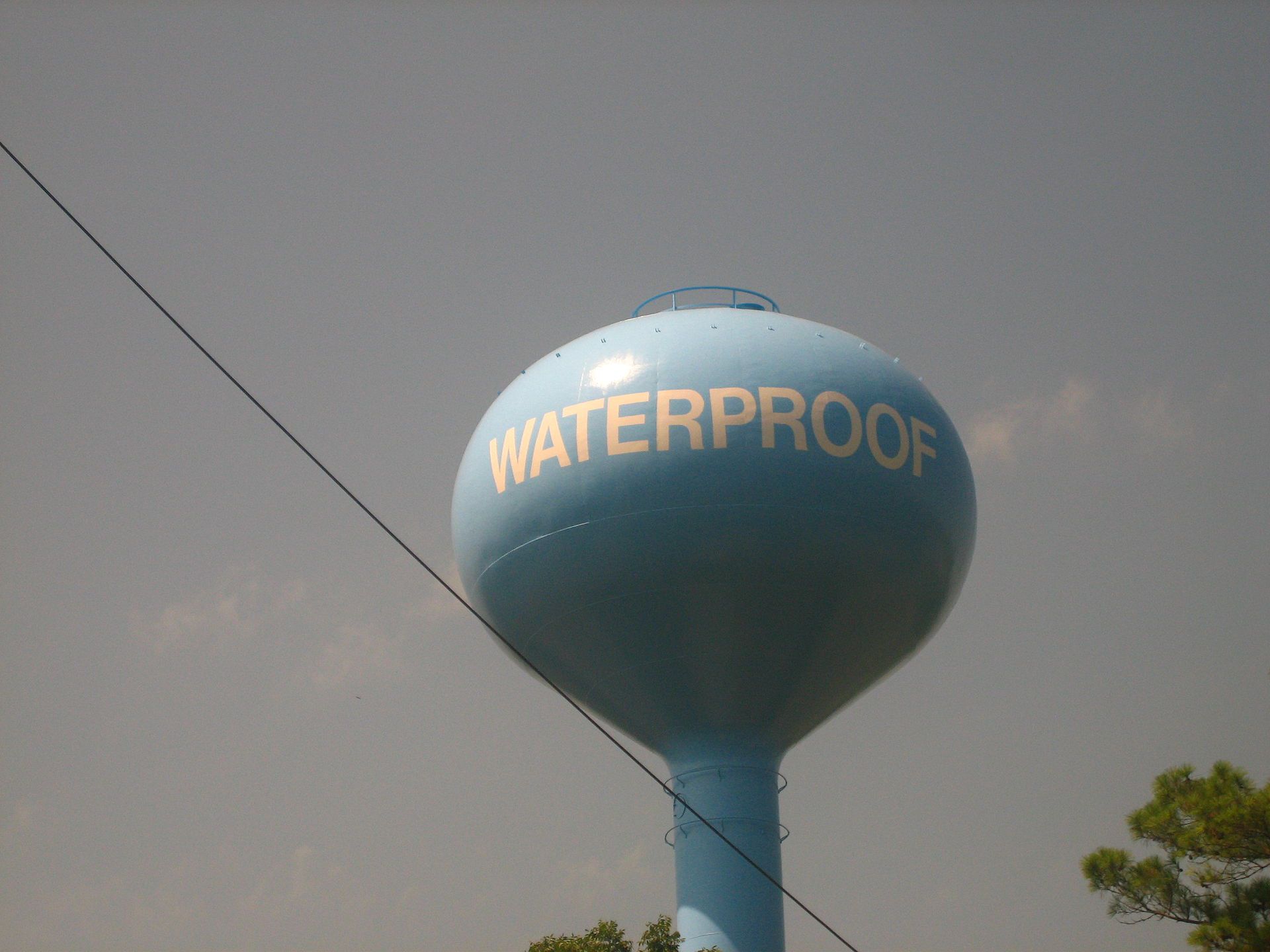
One of the first towns in Tensas Parish to incorporate, the original site was established on a strip of high ground near the Mississippi River around 1830. But it was forced to move twice — in 1876 and 1880 — as the river’s course changed over the years, ending up about 3 miles from the original site.
Friendship, Maine
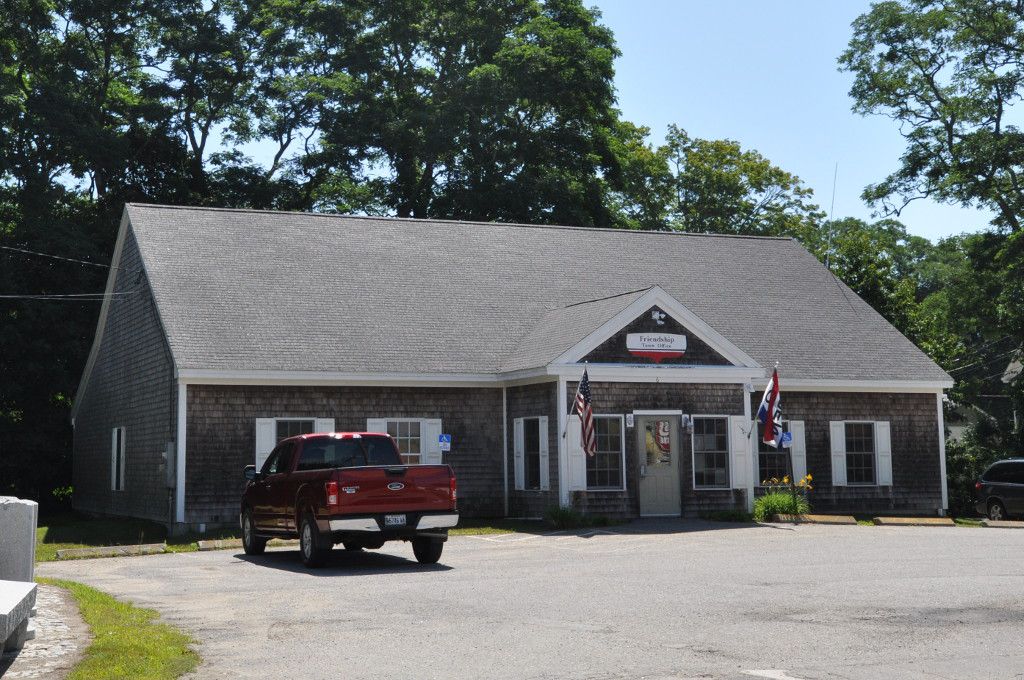
This coastal town of about 1,100 year-round residents about 30 miles southeast of Augusta was once part of the Meduncook Plantation and became famous as the home of the Friendship Sloop, a boat designed as a lobstering and fishing vessel that one person could easily handle. No one seems to know the origin of the name, but it’s nice, isn’t it?
Boring, Maryland
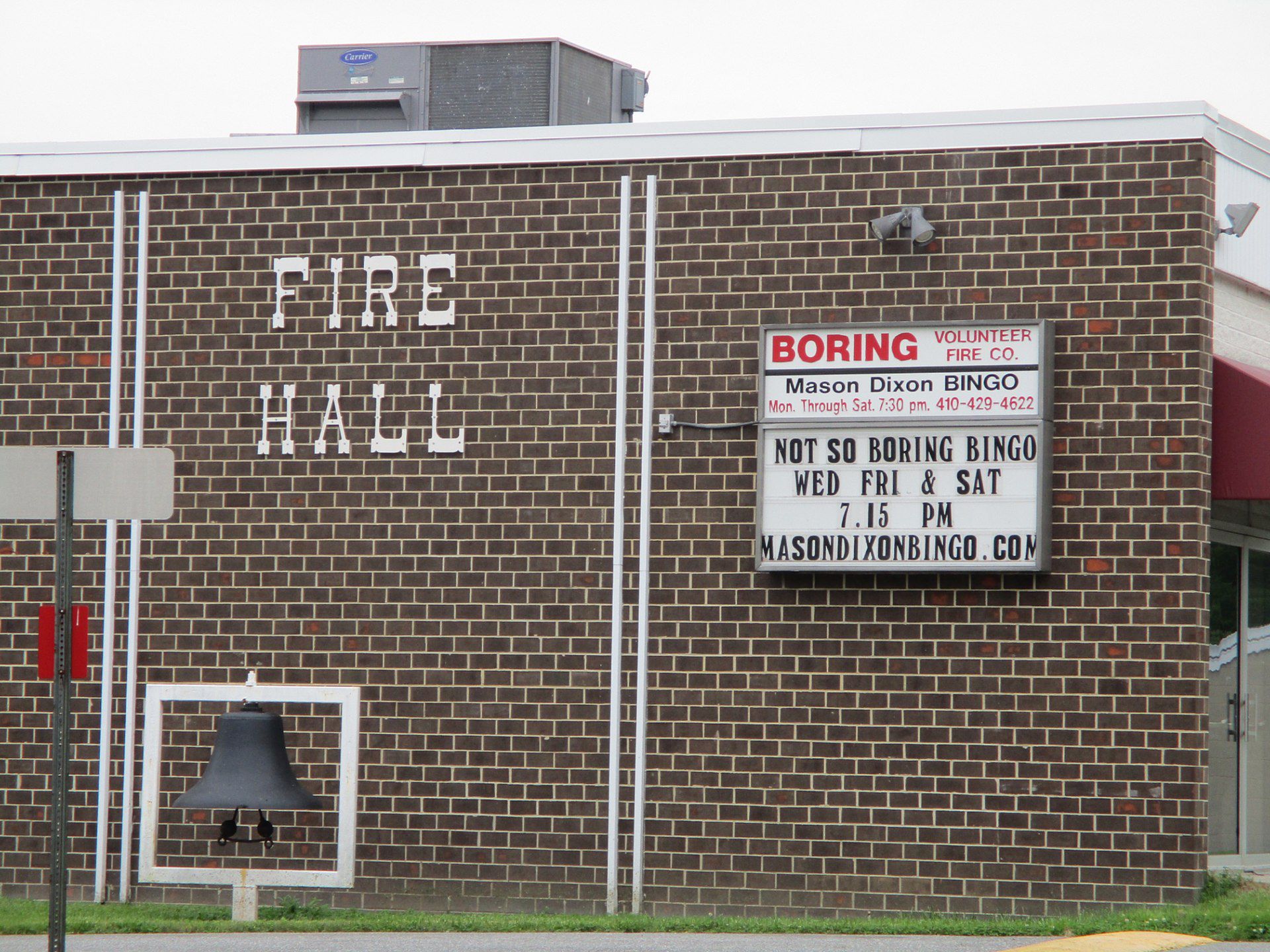
The name of this little town outside Baltimore isn’t meant to reflect the lives of its inhabitants. It actually honors its first postmaster, David J. Boring, and was picked after the postal service said its original name — Fairview — was already taken. Oddly, it’s not the only Boring in the U.S. There’s also one in Oregon.
Sandwich, Massachusetts

No, the sandwich wasn’t invented here. Like many early New England towns, this one got its name from the old country. Taking its name from an English seaport, it’s the earliest European settlement and the oldest town on Cape Cod, incorporated in 1639.
Hell, Michigan
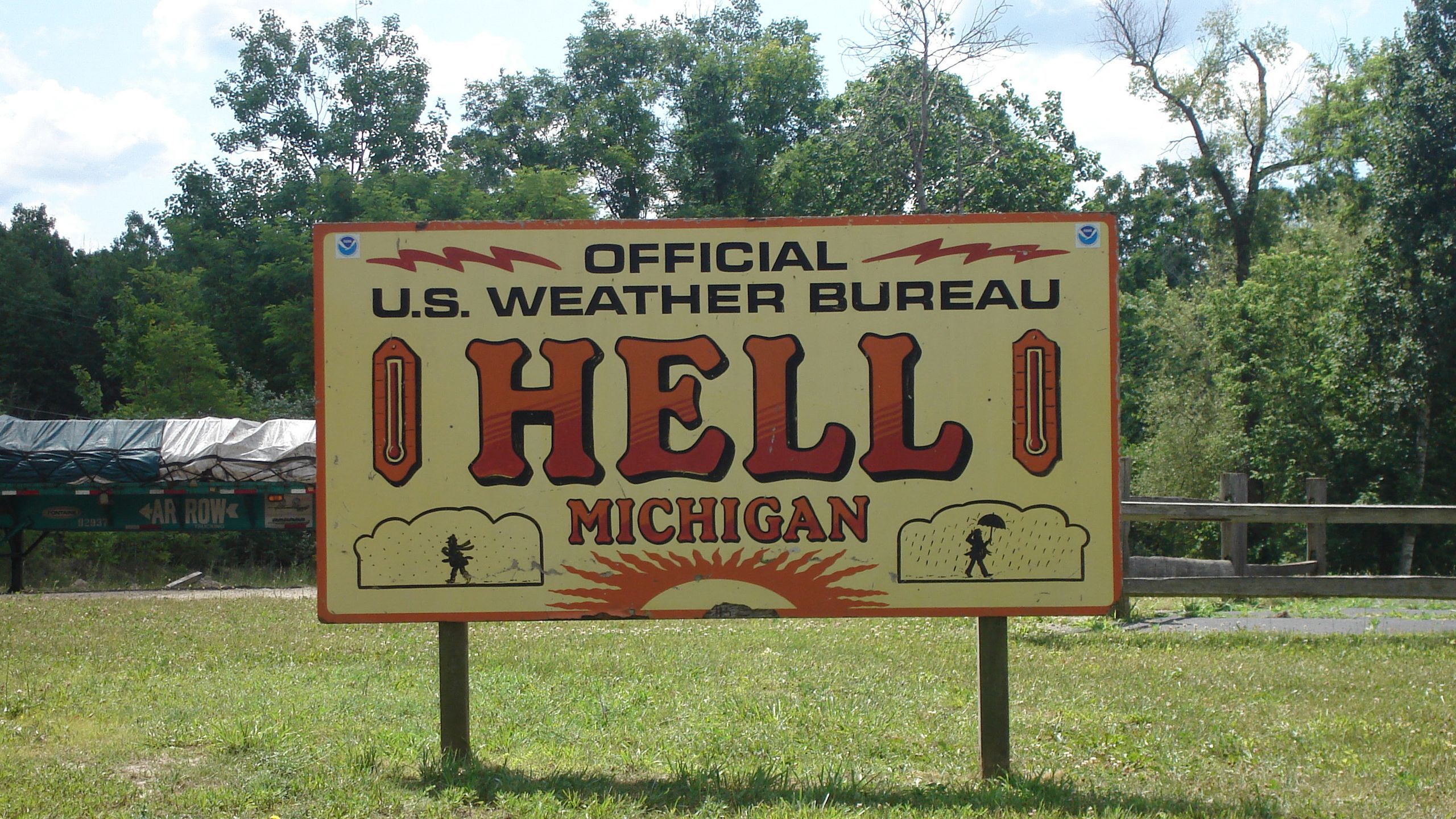
There’s no telling if any of the multiple stories about how this little town northwest of Ann Arbor got its moniker are true, but the locals love to drop the name for fun and profit. Hundreds of people have been married at Hell’s Chapel of Love, or you can be mayor for a day (for a price, of course). What a thoughtful birthday present that would be.
Nowthen, Minnesota
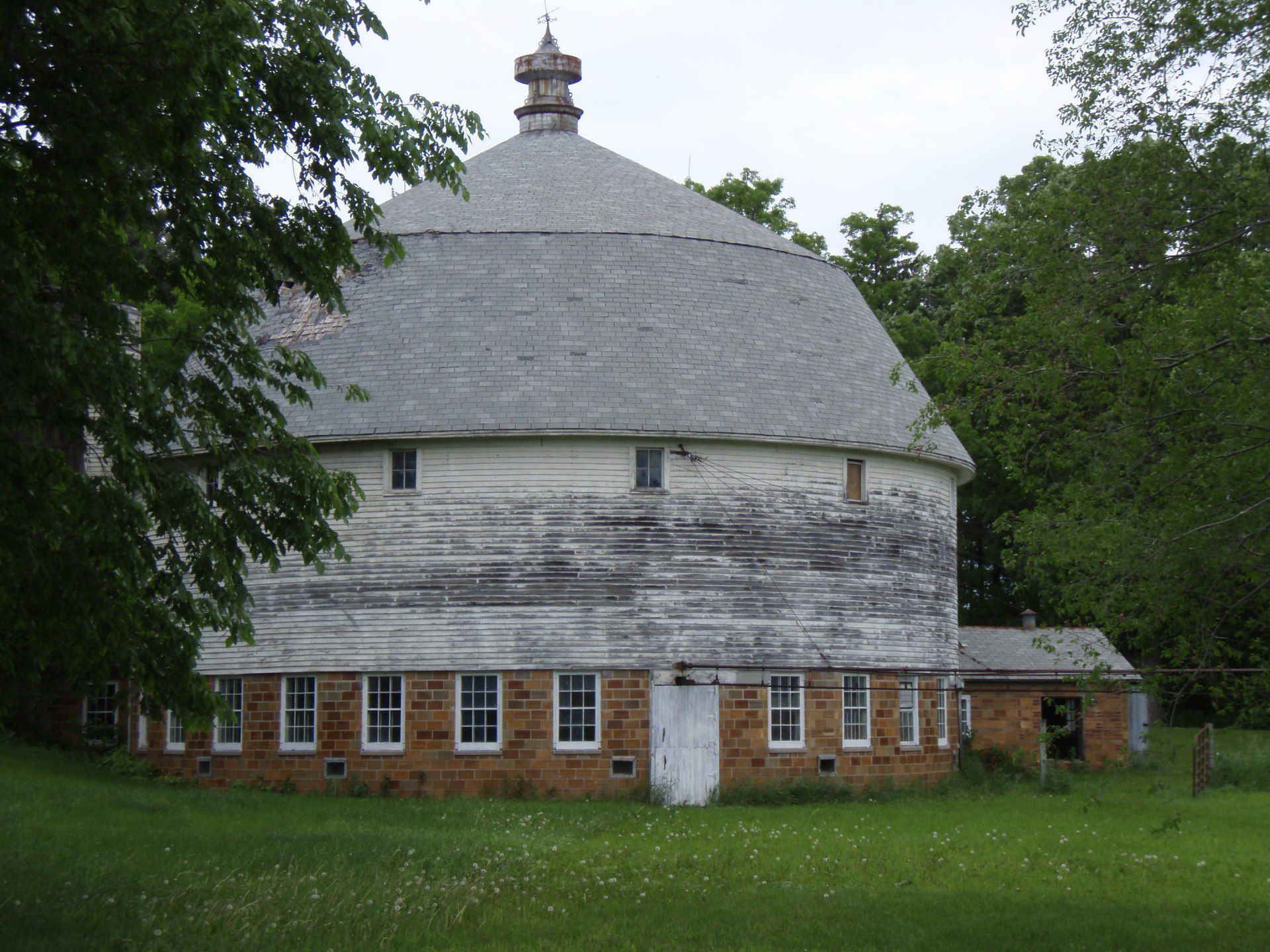
The postal service played a big role in naming this town north of Minneapolis after — you guessed it — rejecting its original request. But this time, postal officials mistakenly thought the phrase frequently used by the first postmaster to begin or end a sentence had been included on a list of suggestions and gave it their stamp of approval.
Money, Mississippi
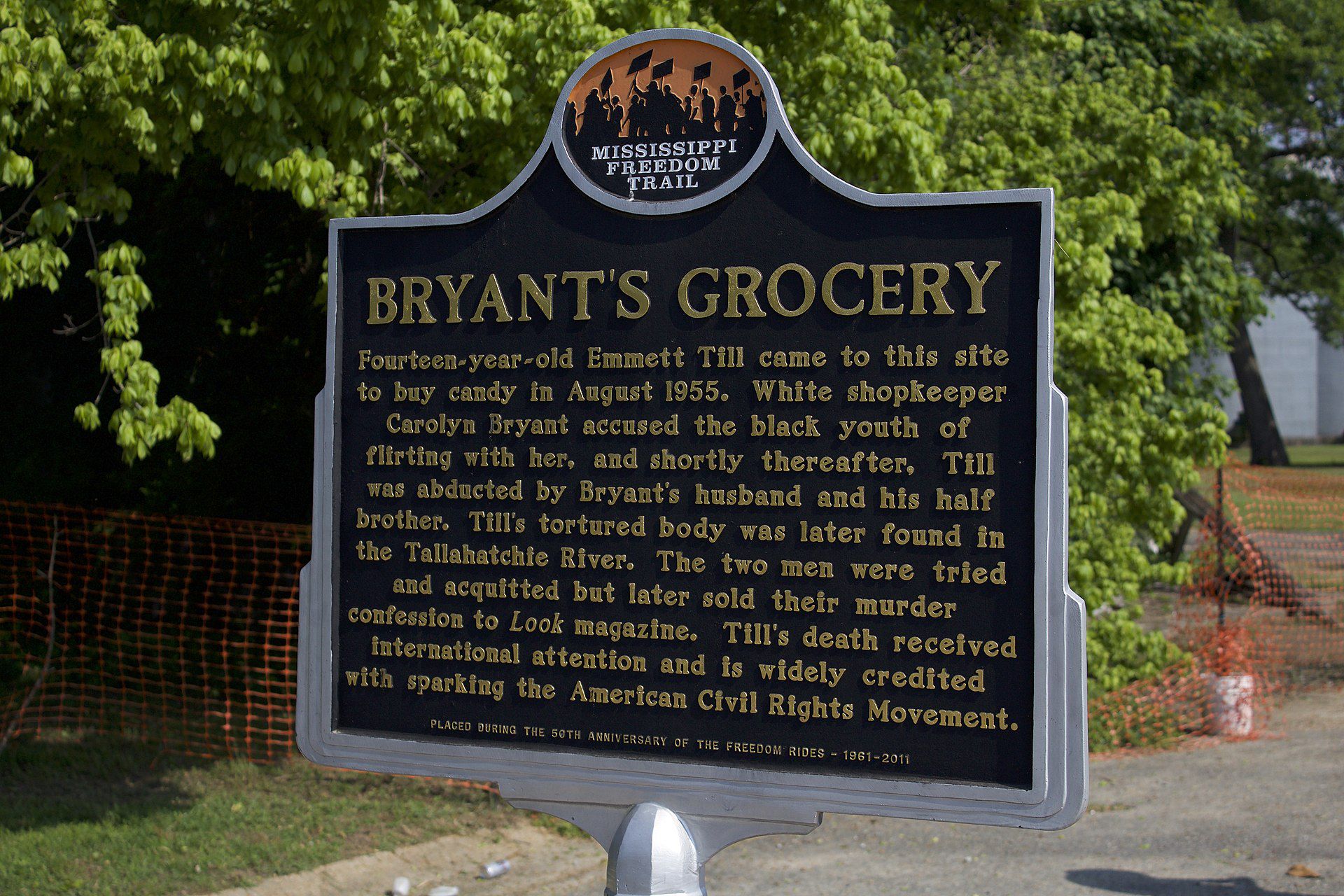
Believed to be named after Hernando DeSoto Money, a U.S. senator from Mississippi, the small town holds a significant place in Civil Rights history as the spot where 14-year-old Emmett Till was killed after being accused of whistling at a white woman in 1955.
Related: Amazing Places to Learn About Black HistoryPeculiar, Missouri
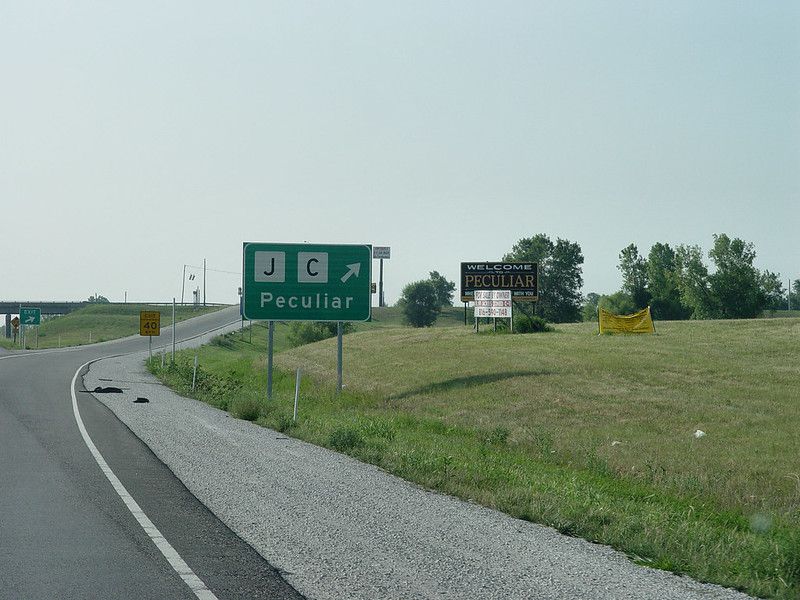
On the city’s website, there are links for Peculiar News, Peculiar Cemetery, and Peculiar Properties. You get the picture. So how did the city end up with this … unusual … name? It’s another case of a postal service mistake, of course. The first postmaster requested several names that were rejected and, tired of the constant correspondence, he finally asked that the town be given a name that wasn’t “peculiar.” Since he’d put that word in quotes, that’s what he got.
Anaconda, Montana
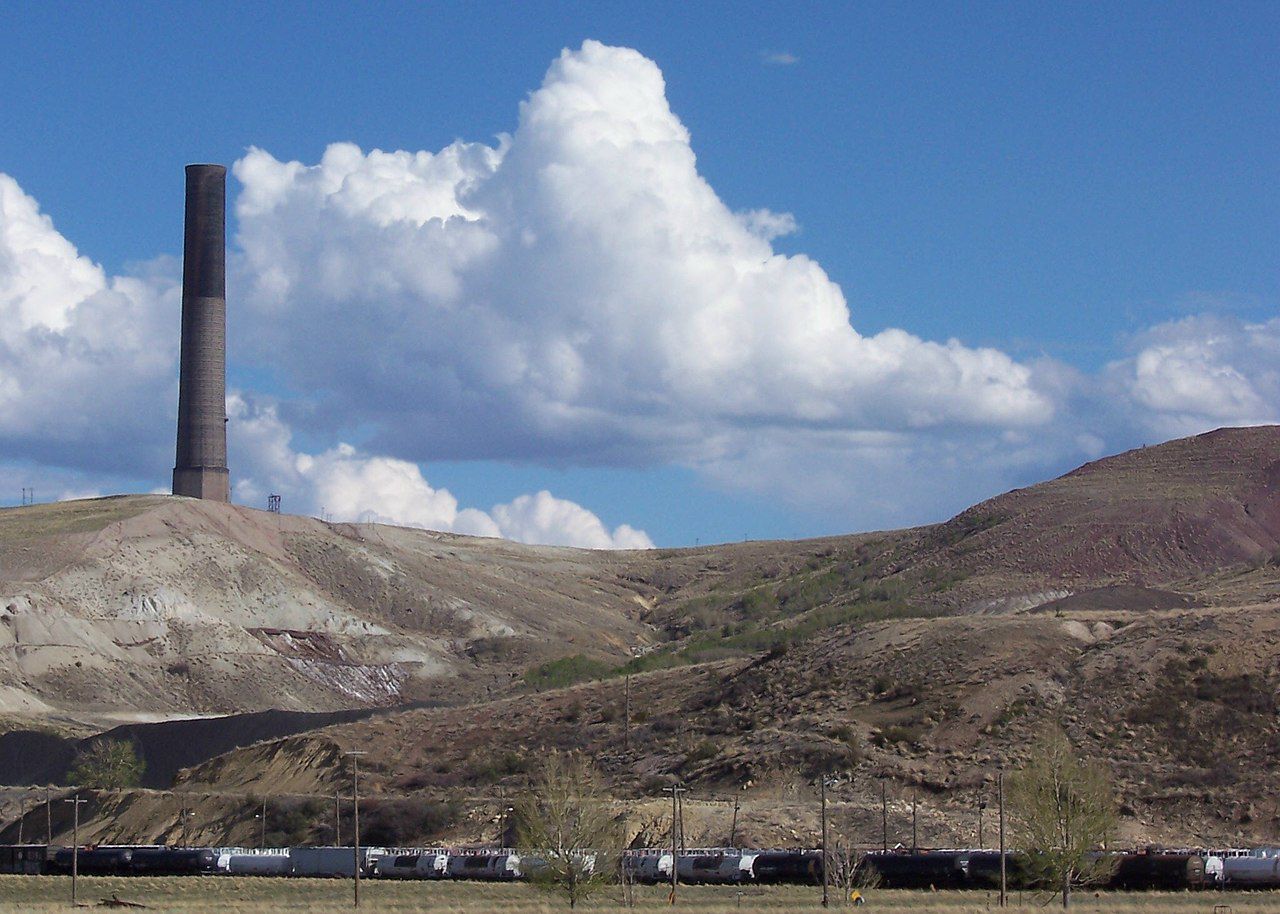
The seat of Deer Lodge County in southwestern Montana was established in 1883 as a company town where the Anaconda Copper Co. would build a huge smelter to treat ore. It originally was going to be called Copperopolis, but that name was taken, so it went with the company moniker. While the smelter closed in 1980, its giant 585-foot tall smokestack — 30 feet taller than the Washington Monument — remains as the anchor of a state park. It’s believed to be the tallest free-standing masonry structure in the world.Related: Fun Off-the-Radar Mountain Towns Across America
Funk, Nebraska
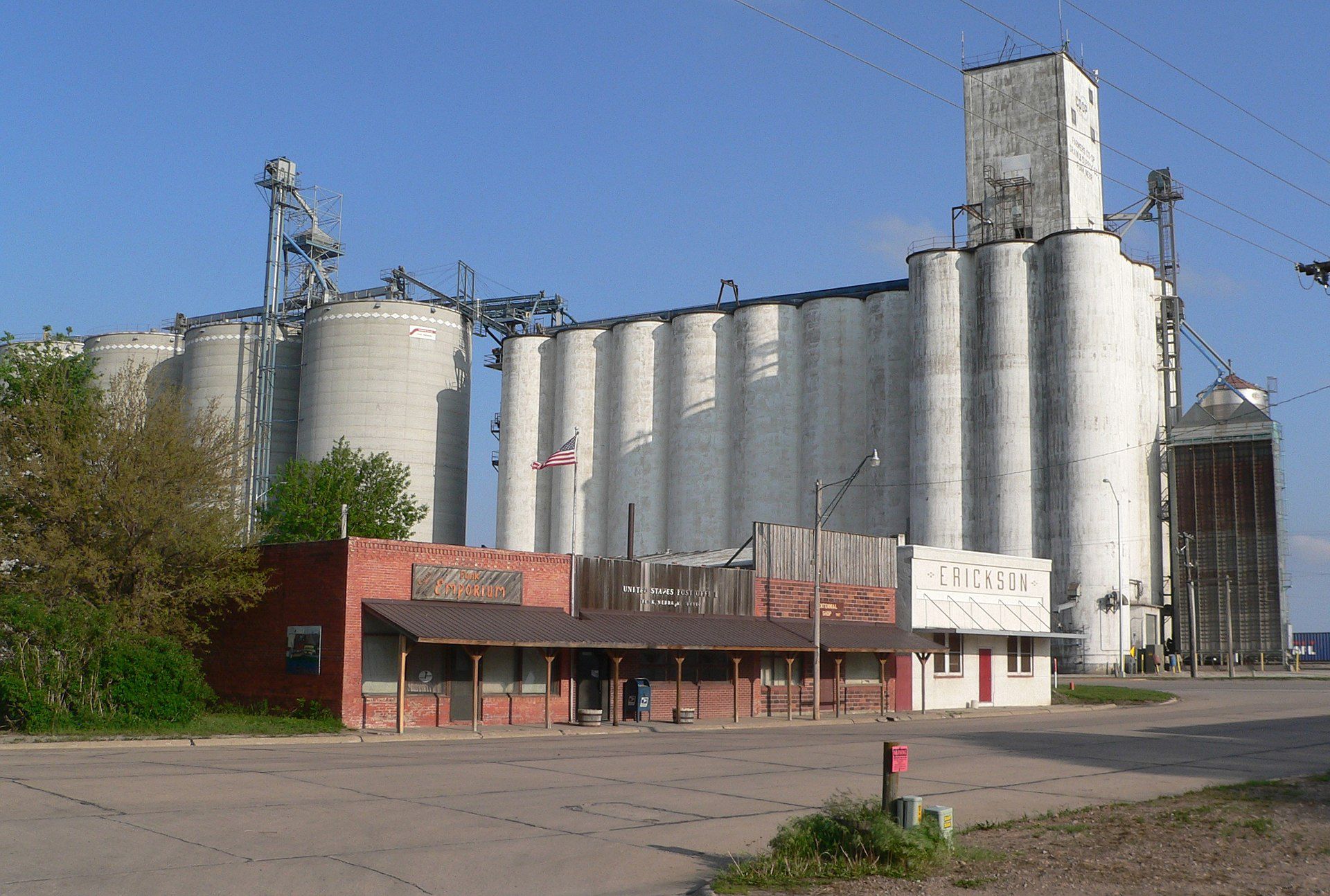
Don’t expect to be welcomed by George Clinton, but this village of about 175 people in Phelps County sounds like the place to get your groove on. It’s actually named after Civil War veteran Phillip C. Funk, an early settler who convinced the Nebraska & Colorado Railway to establish a station there. It’s become a popular destination for bird watchers, attracted to the Funk Waterfowl Protection Area — or Funk Lagoon — by aquatic birds making a stop during spring and fall migrations.
Jackpot, Nevada
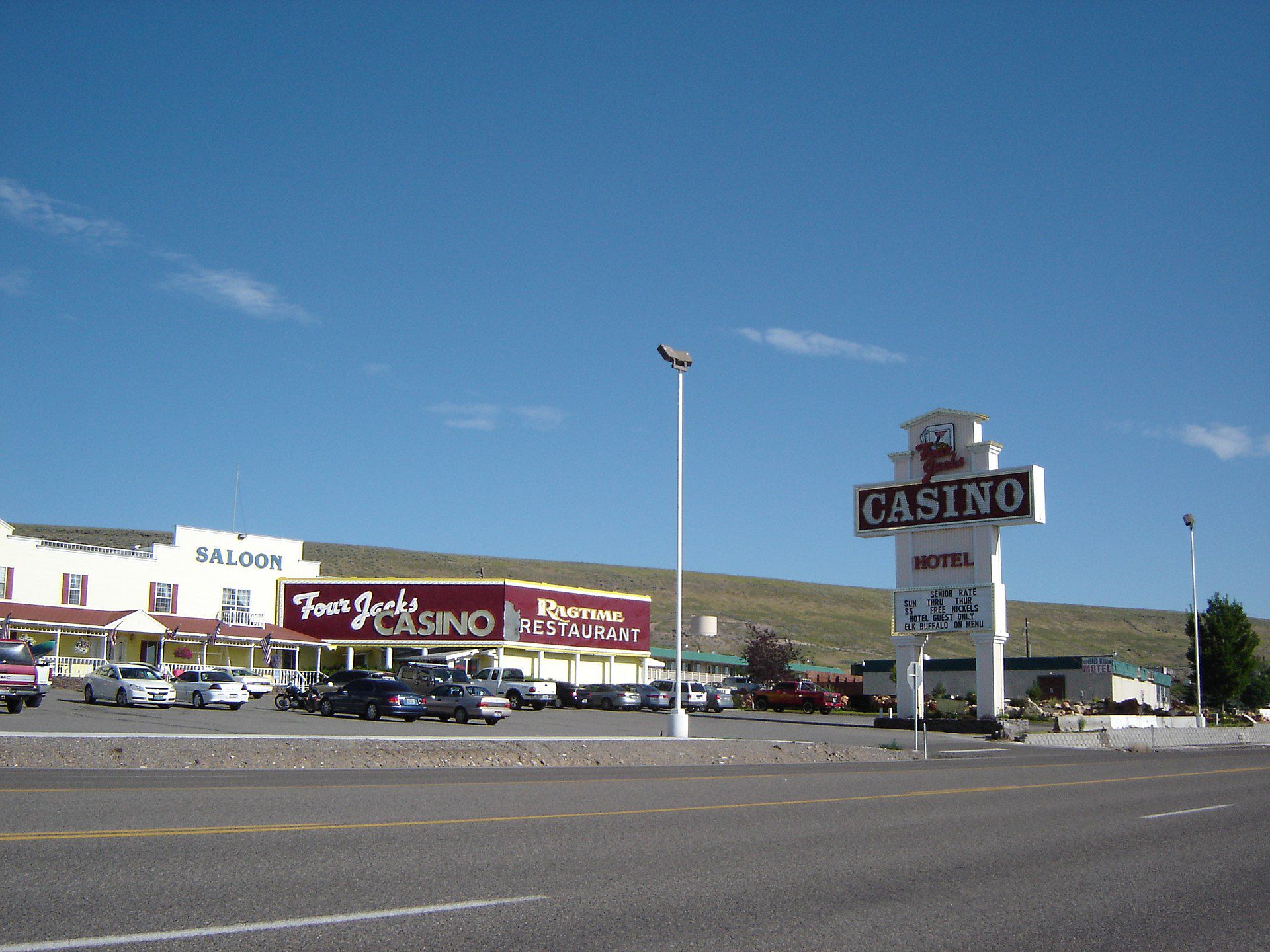
Located just south of the Idaho border in northwest Nevada, this town was born when casino gaming was outlawed in Idaho in 1953 and is a popular destination for residents of nearby Twin Falls and other areas. Though it covers only about 4 square miles, the town of about 1,100 has grown over the years to include four casinos — along with an airport, golf course, and schools.
Freedom, New Hampshire
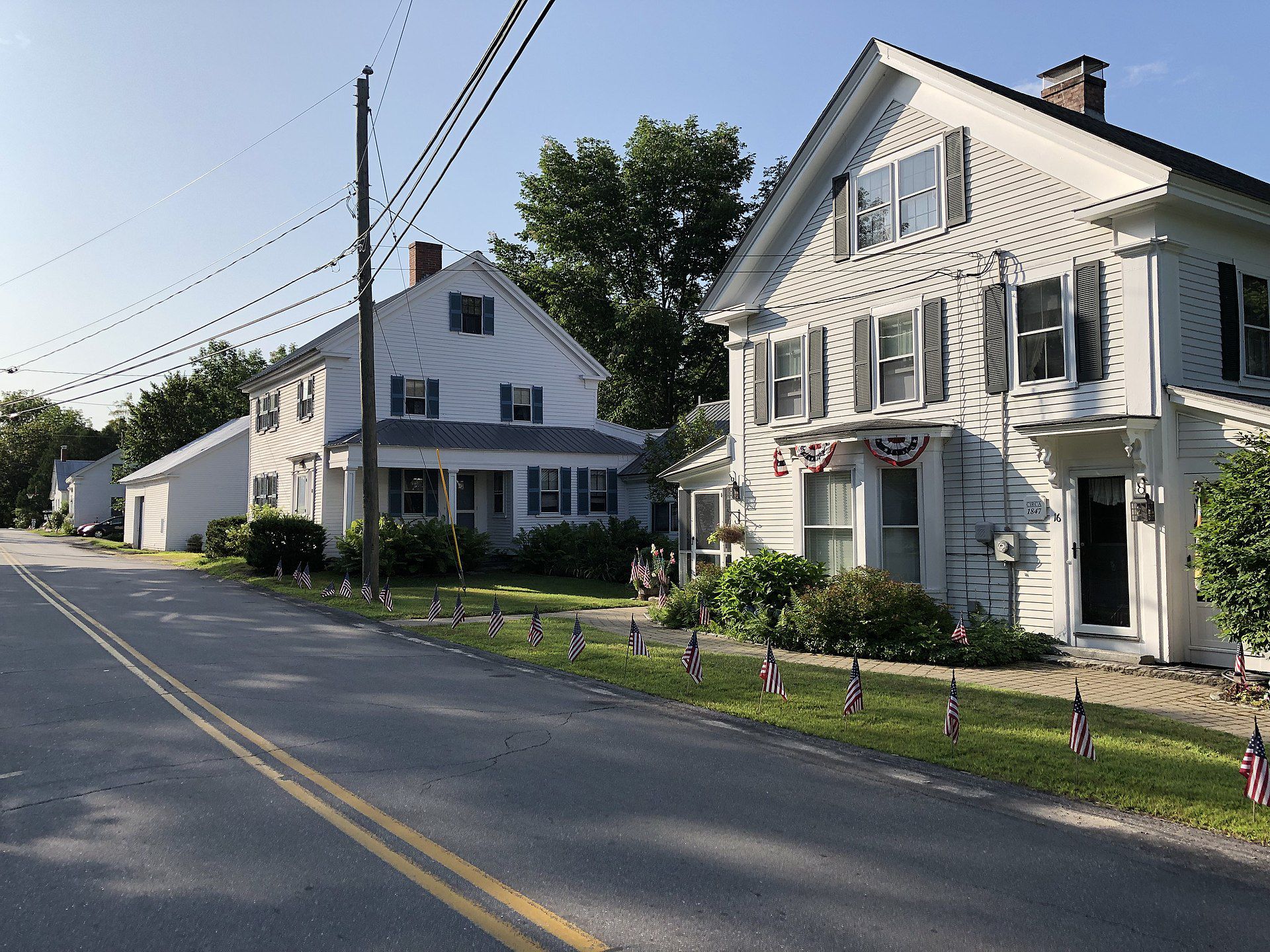
This small town of about 1,500 in eastern New Hampshire was formed in 1831 when the residents of North Effingham decided to break away from Effingham. A year later, they chose the name Freedom to celebrate their independence. It’s home to numerous summer camps that host children from all over the country, doubling the town’s population each year.
Brick, New Jersey
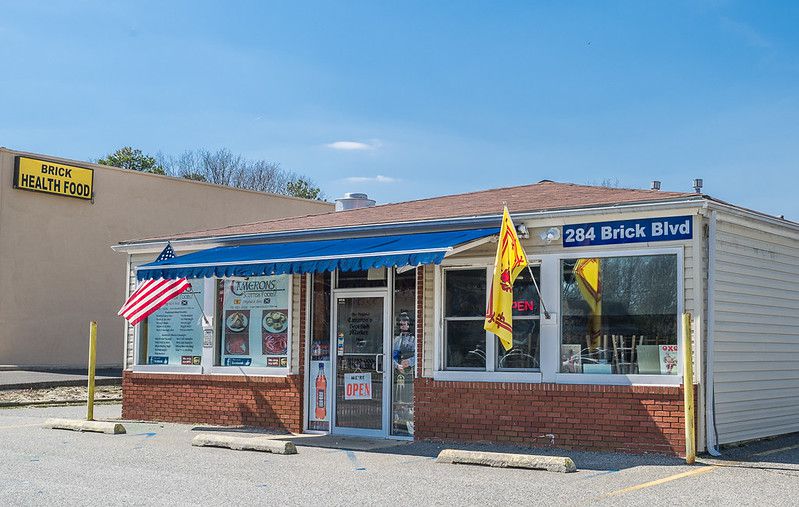
Established in 1850, this township of nearly 76,000 residents was originally called Washington Furnace and was part of Monmouth County. It later took its name from Joseph Brick, who built the Bergen Iron Works to process the area’s bog iron into pig iron.
Truth or Consequences, New Mexico
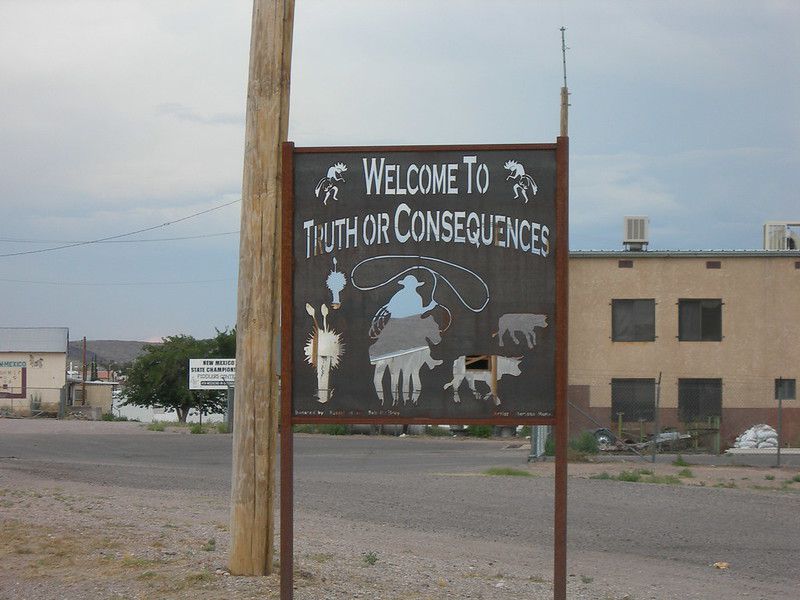
This resort town of about 6,000 residents between Albuquerque and Las Cruces is the beneficiary of one of the longest-running publicity stunts of all time. The former town of Hot Springs agreed to host an episode of the popular radio program “Truth or Consequences” in 1950 in exchange for adopting the name. The name stuck and the town began holding an annual fiesta based on the show, which was regularly attended by the show’s creator and original host, Ralph Edwards, who brought celebrity friends along.
Neversink, New York
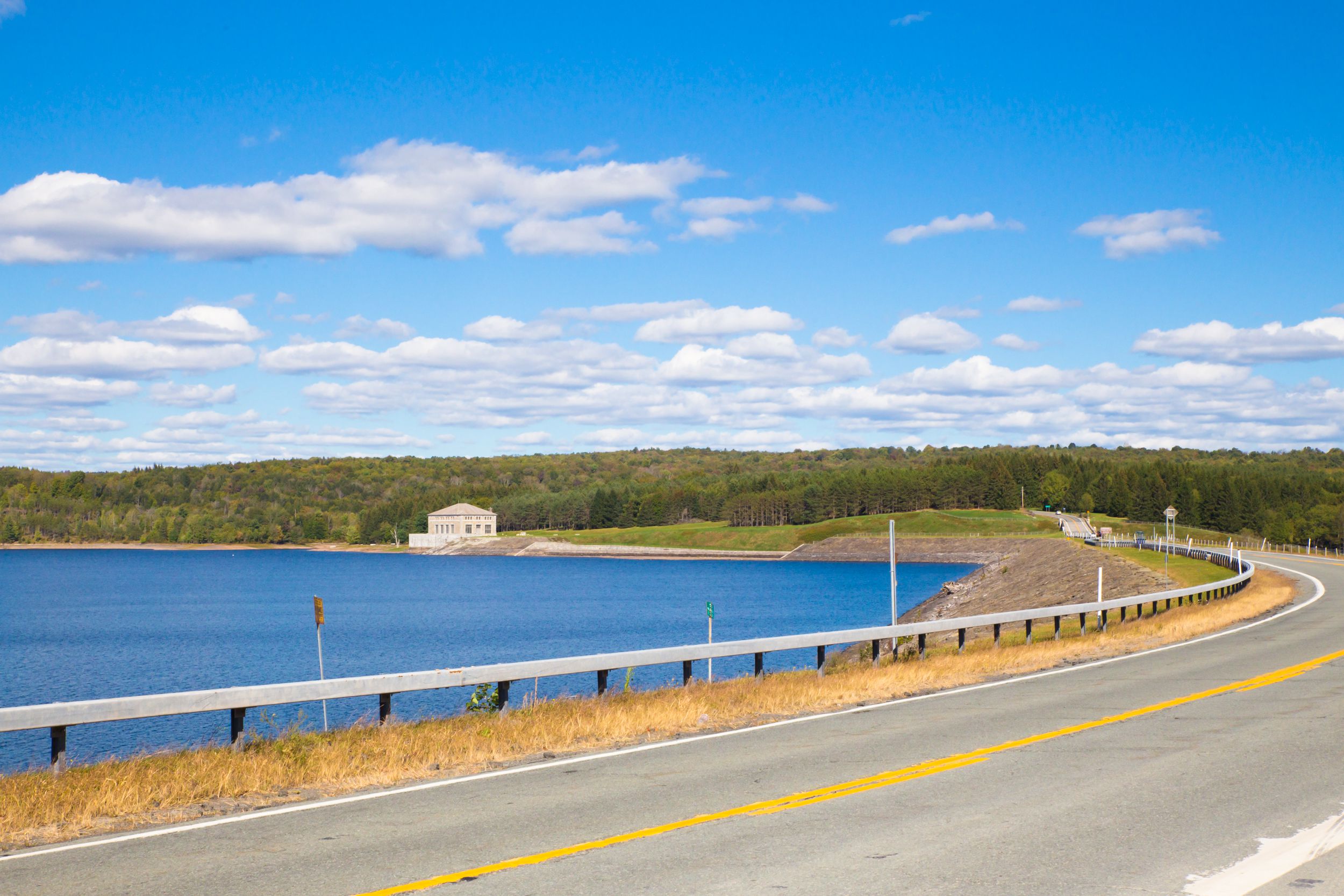
This little town on U.S. Route 55 in Sullivan County with roots going back to 1798 used to be located up the road a bit. It was forced to move in the 1950s to make way for a reservoir, one of many that provide water to New York City. And the name? It might be an ironic translation of a Native American phrase as the original town is now under 175 feet of water.
Bat Cave, North Carolina
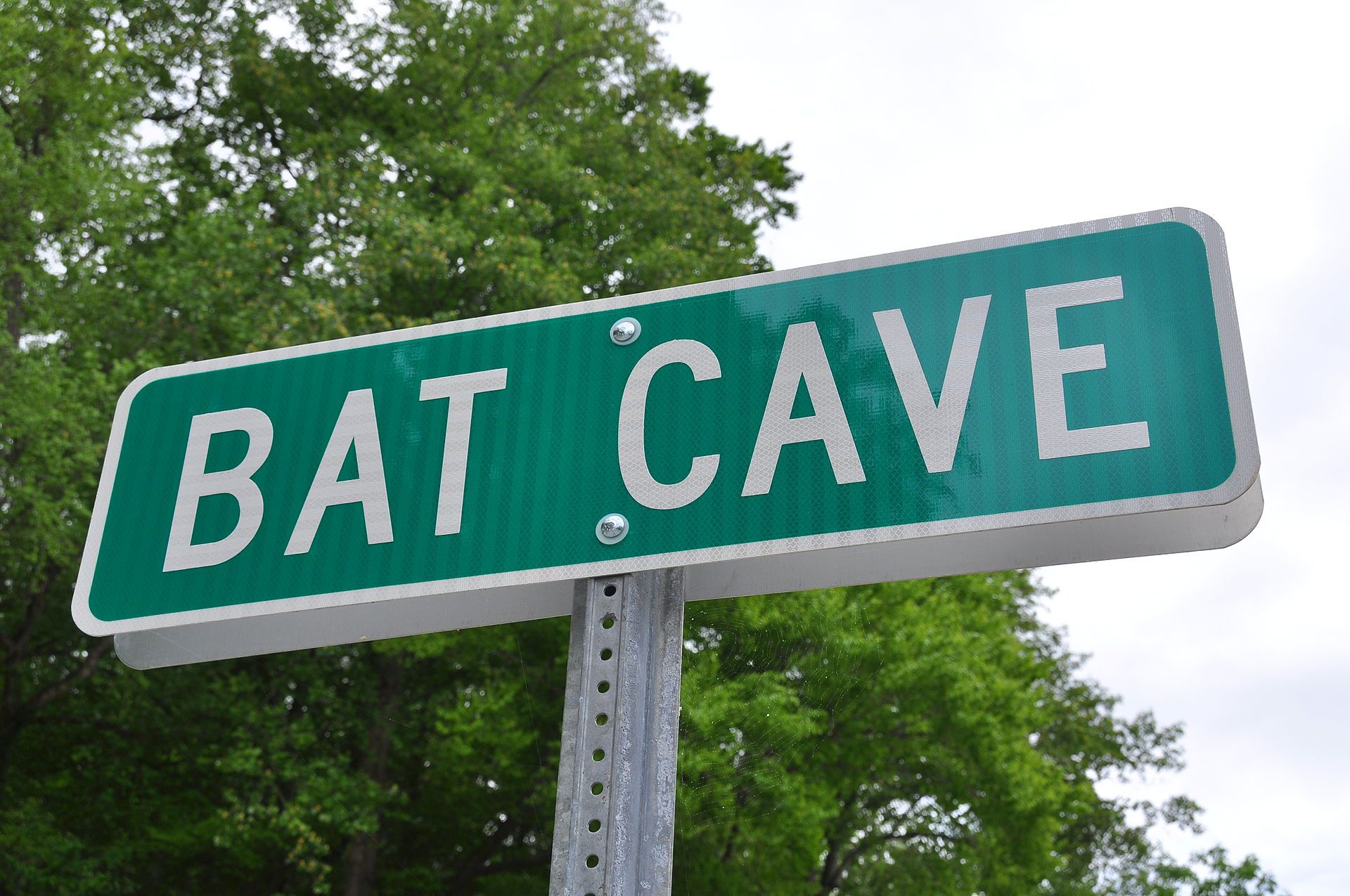
Don’t look for Bruce Wayne or the Batmobile in this community near Lake Lure, southeast of Asheville. It’s named for the home of the endangered Indiana bat, located in a huge granite fissure cave on Bluerock Mountain. The cave was once a popular tourist destination, but the area has since become a private nature preserve to protect the bats.
Zap, North Dakota
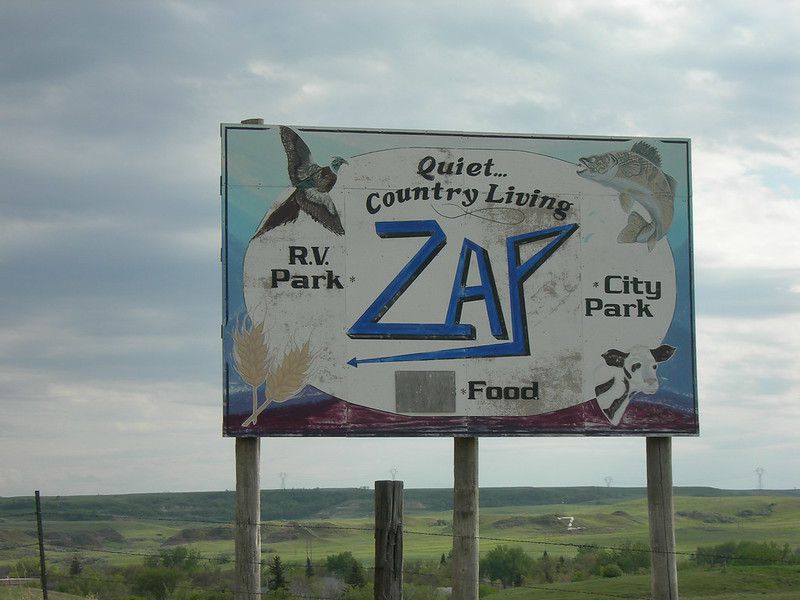
No one is sure how this little town of about 220 people got its name, but it’s the site of the only riot in North Dakota, which happened in 1969 when a college prank went awry. More than 2,000 people attended the Zip to Zap event — much to the dismay of the locals, who weren’t in on the joke. When things got out of hand, the National Guard was called in to disperse the crowd.
Knockemstiff, Ohio
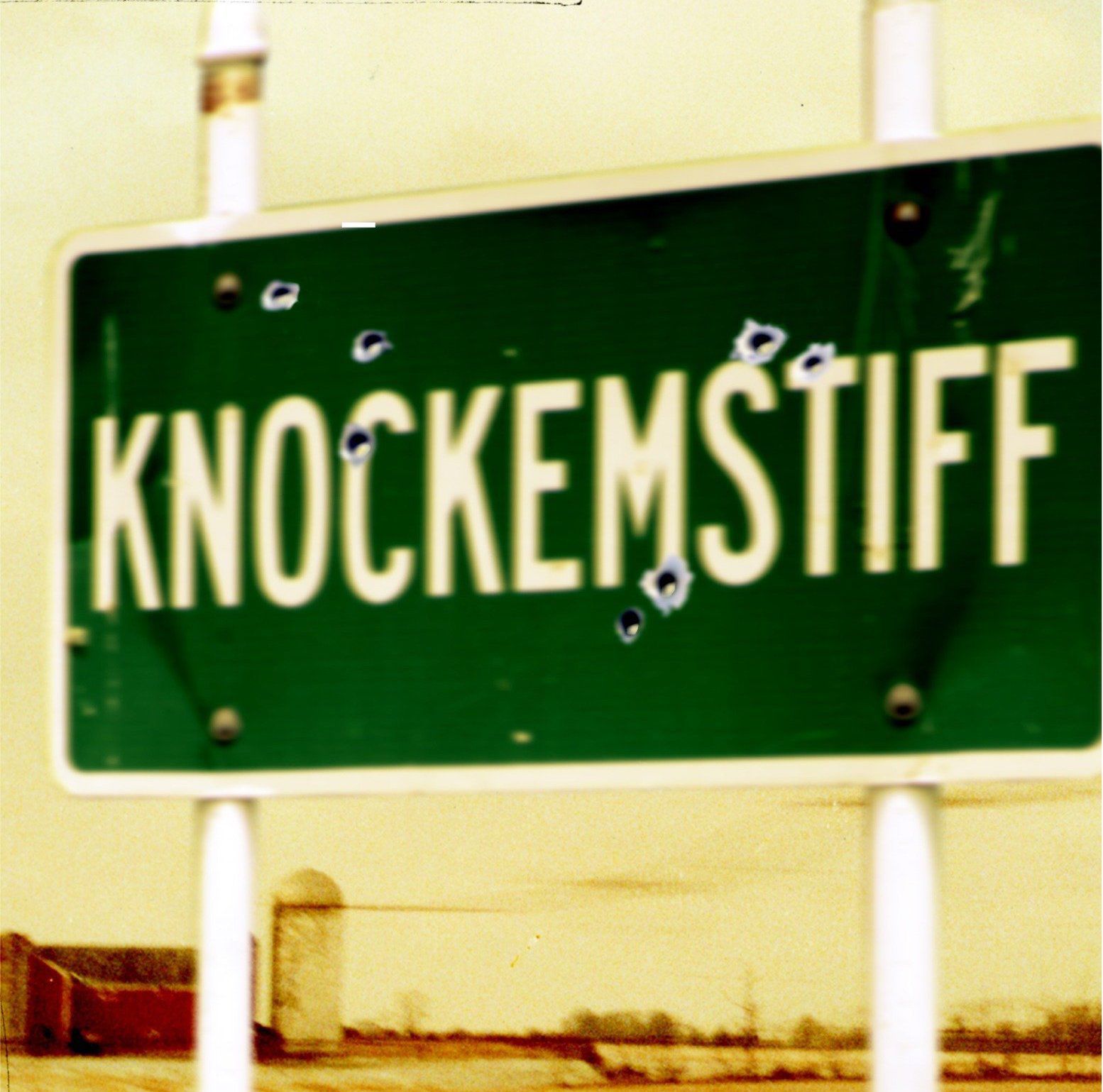
The origin of the name of this unincorporated hamlet in Ross County may be linked to moonshine and brawls. Or not. The truth is lost in folklore. It gained notoriety more recently as the title of a book by Donald Ray Pollock, described by the New York Times as a collection of “profane short stories,” which led to the Netflix film “The Devil All the Time.”
Okay, Oklahoma

The history of this little community in the eastern part of the state dates back more than 200 years. At various points, it was known as Coretta, Falls City, Rex, and North Muskogee before taking its current name in 1919 from the O.K. Trucks brand of oil tankers manufactured there.
Remote, Oregon
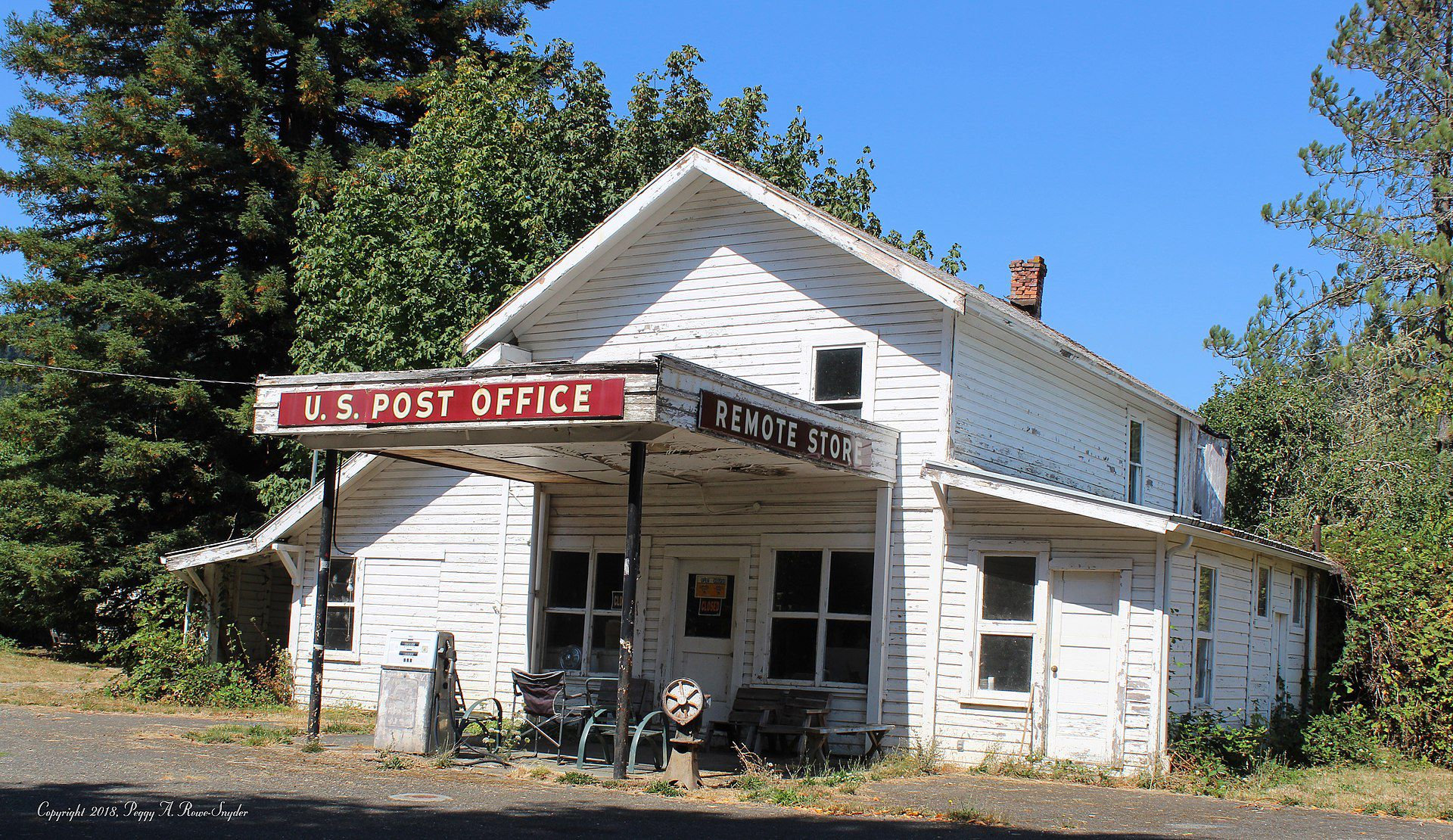
There isn’t much to this hamlet on State Route 42 in Coos County aside from a store and a few homes, but in pandemic America, it’s become a mecca for jobs. Or has it? Tons of positions are showing up on websites listing Remote, Oregon as their location. What they mean is the jobs are in Oregon and can be done remotely, but that’s not the way it comes across.
Intercourse, Pennsylvania
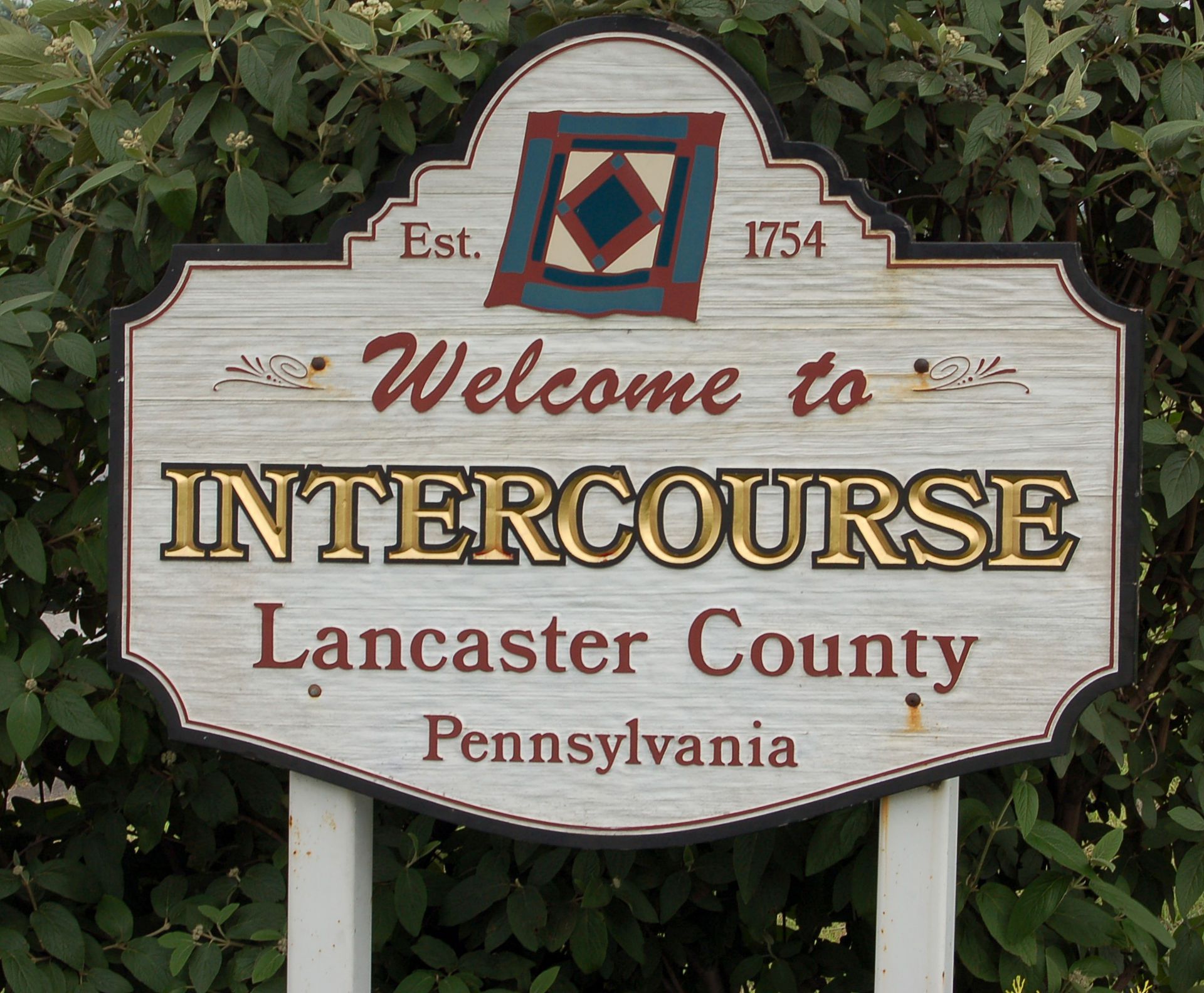
Okay, go ahead and giggle. Everyone does. There are several theories concerning why residents of this Lancaster County town chose the name in 1814, abandoning a less provocative moniker. The town had been called Cross Keys as it was located at the intersection of two major roads. That could be the origin for the current name as well. Or it could be that before the word “intercourse” took on a more sexual connotation, it referred to fellowship and social interaction. Either way, it’s an important hub for the area’s Amish population.
Scituate, Rhode Island

Originally part of Providence, this town was settled by people moving from Scituate, Massachusetts, in 1710 and officially incorporated in 1731. The name comes from a Native American word meaning “cold river.” It’s home to Chopmist Hill, the site of a World War II radio installation that intercepted German communications.
Coward, South Carolina

Historians believe the area was named for Capt. Solomon Coward, who was granted 126 acres of land in southern Florence County in 1831. It went by that name long before it was actually incorporated in 1963. Today, its motto is “A quiet, peaceful place” and nearby Lynches River County Park is a big attraction.
Wall, South Dakota

Situated at one end of the Badlands Wall — rock formations that made Badlands National Park famous — this Pennington County town of about 800 people was established in 1907 as a station on the Chicago & Northwestern Railroad line. The home of Wall Drug Store turns into a tourist hot spot every summer with as many as 20,000 visitors a day at peak season.
Related: 50 Tourist Traps That Locals Still LoveDifficult, Tennessee
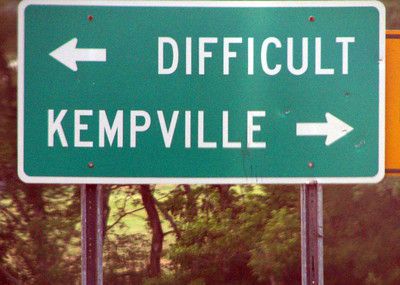
The post office strikes again. When residents of this little community in northern Tennessee submitted their request to be called Williams Crossroads, government officials found the handwriting “difficult” to read. Or so the story goes. It’s just down the road from Defeated.
White Settlement, Texas
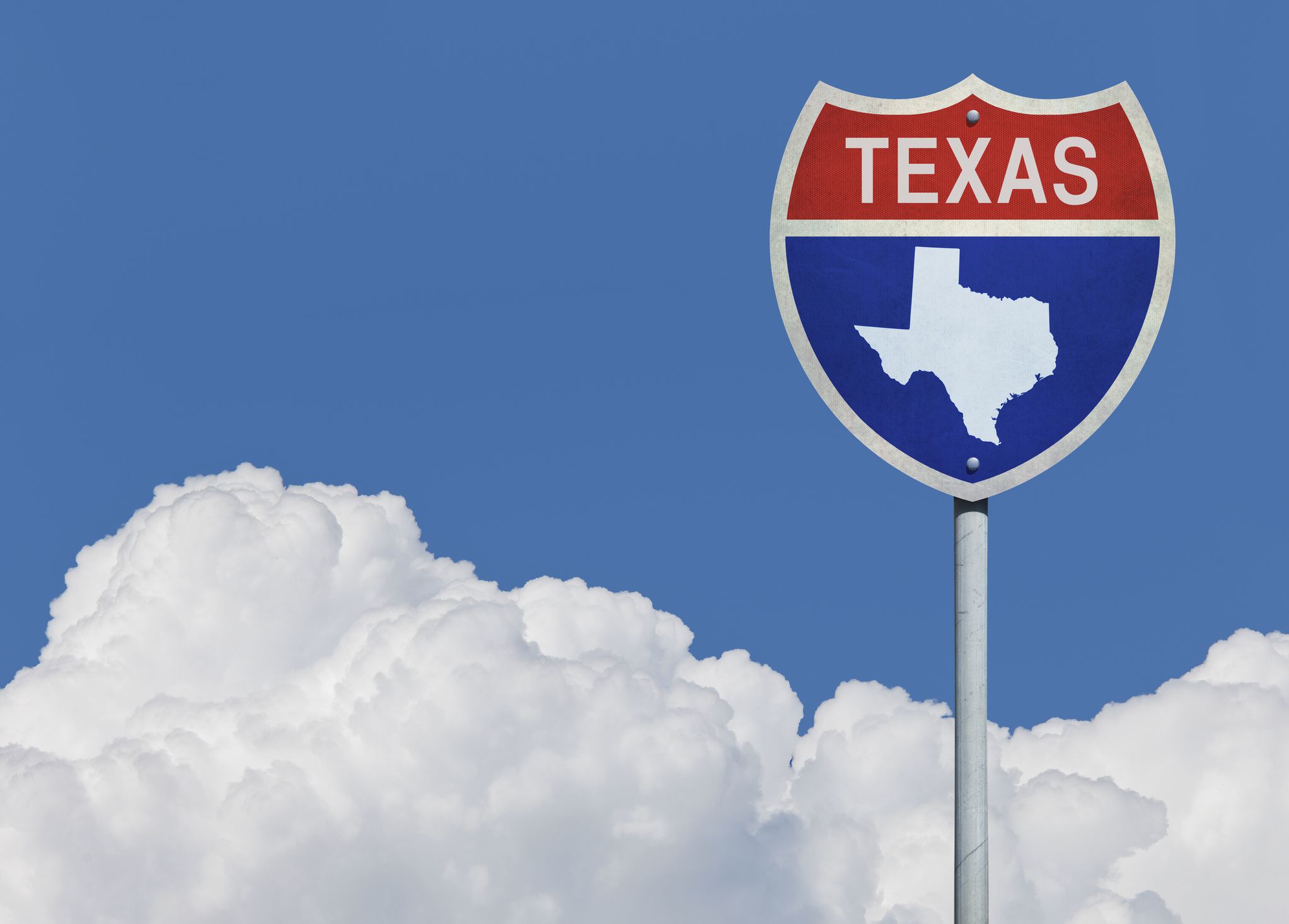
The unusual moniker of this town began as more of a descriptive statement than a town name when White homesteaders settled in an area that was already home to several Native American tribes. Residents of the North Texas town near Fort Worth overwhelmingly voted against changing the name in 2005.
Hurricane, Utah
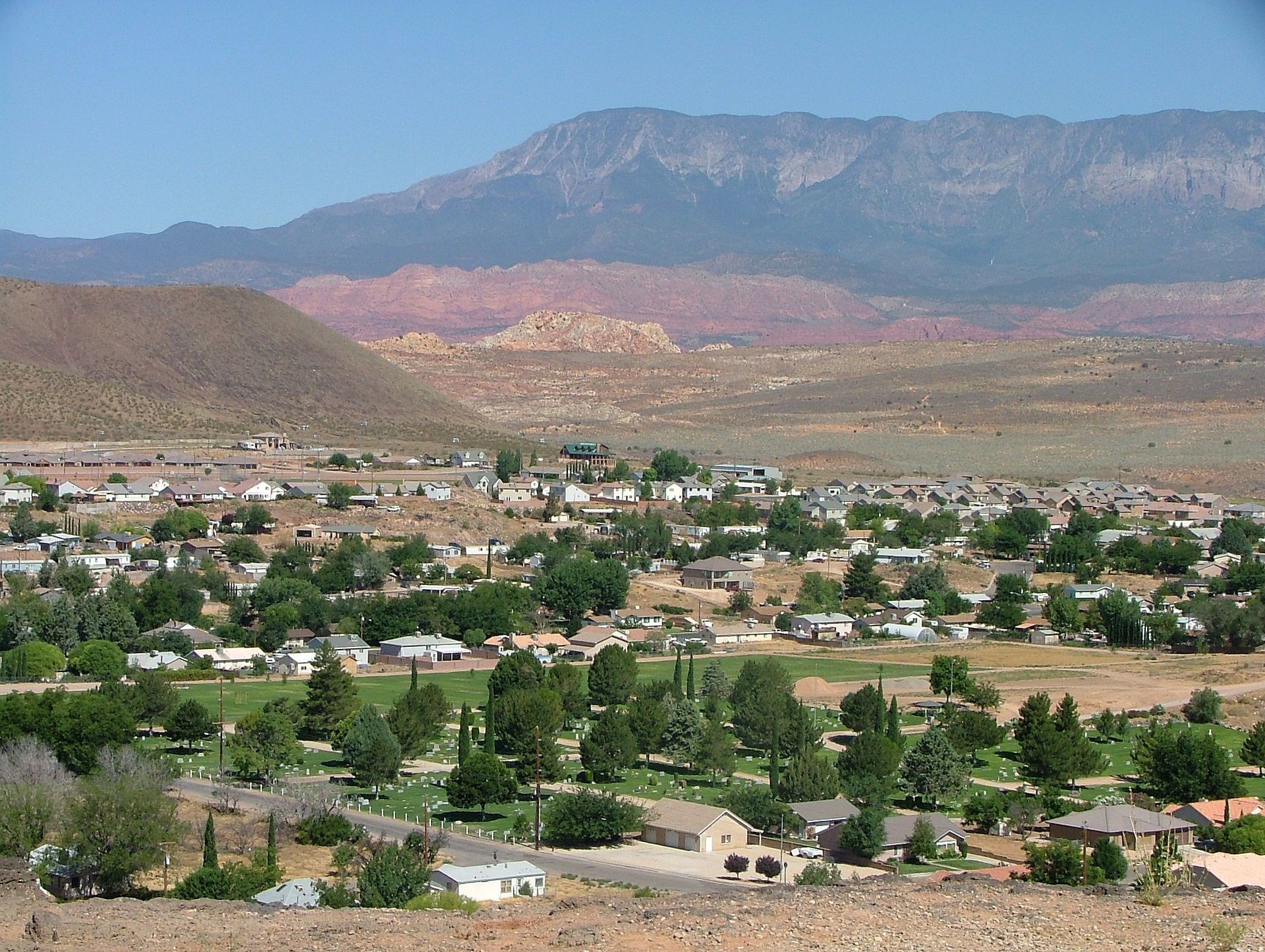
This city of about 21,000 people near Zion National Park is said to have been named when a gust of wind blew the top off a buggy in which Mormon leader Erastus Snow was riding. It was known as the site of a large peach and apricot orchard for the LDS Church and celebrates Peach Days each fall.
South Hero, Vermont
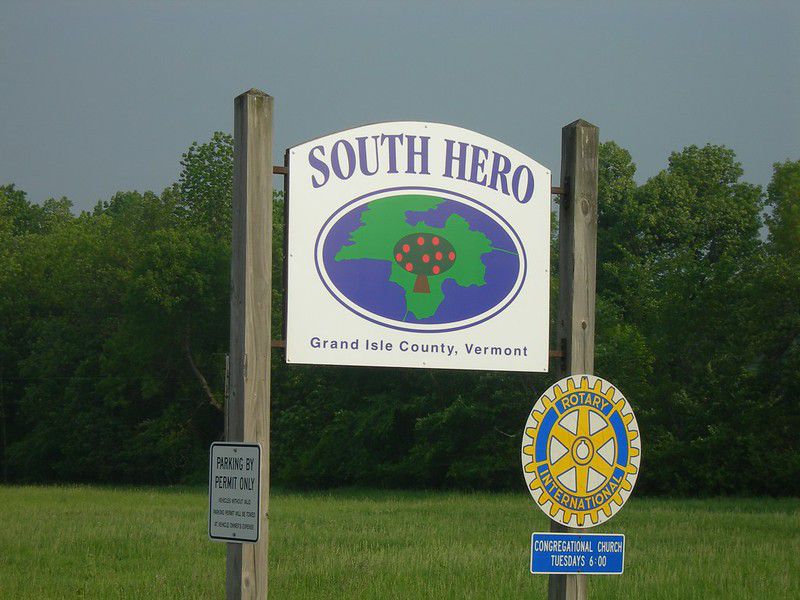
The area comprising the southern half of Grand Isle in Lake Champlain — which was granted to hundreds of Revolutionary War veterans including Ethan Allen — is home to about 1,700 people. No tights or capes required.
Wise, Virginia

You don’t have to be a scholar to live in this former mining town in the southwest corner of the state, but you could become one there. The home of the University of Virginia’s College at Wise — one of the better liberal arts colleges in the country, according to U.S. News & World Reports — got its name from Henry Wise, the last Virginia governor before the Civil War.
Concrete, Washington
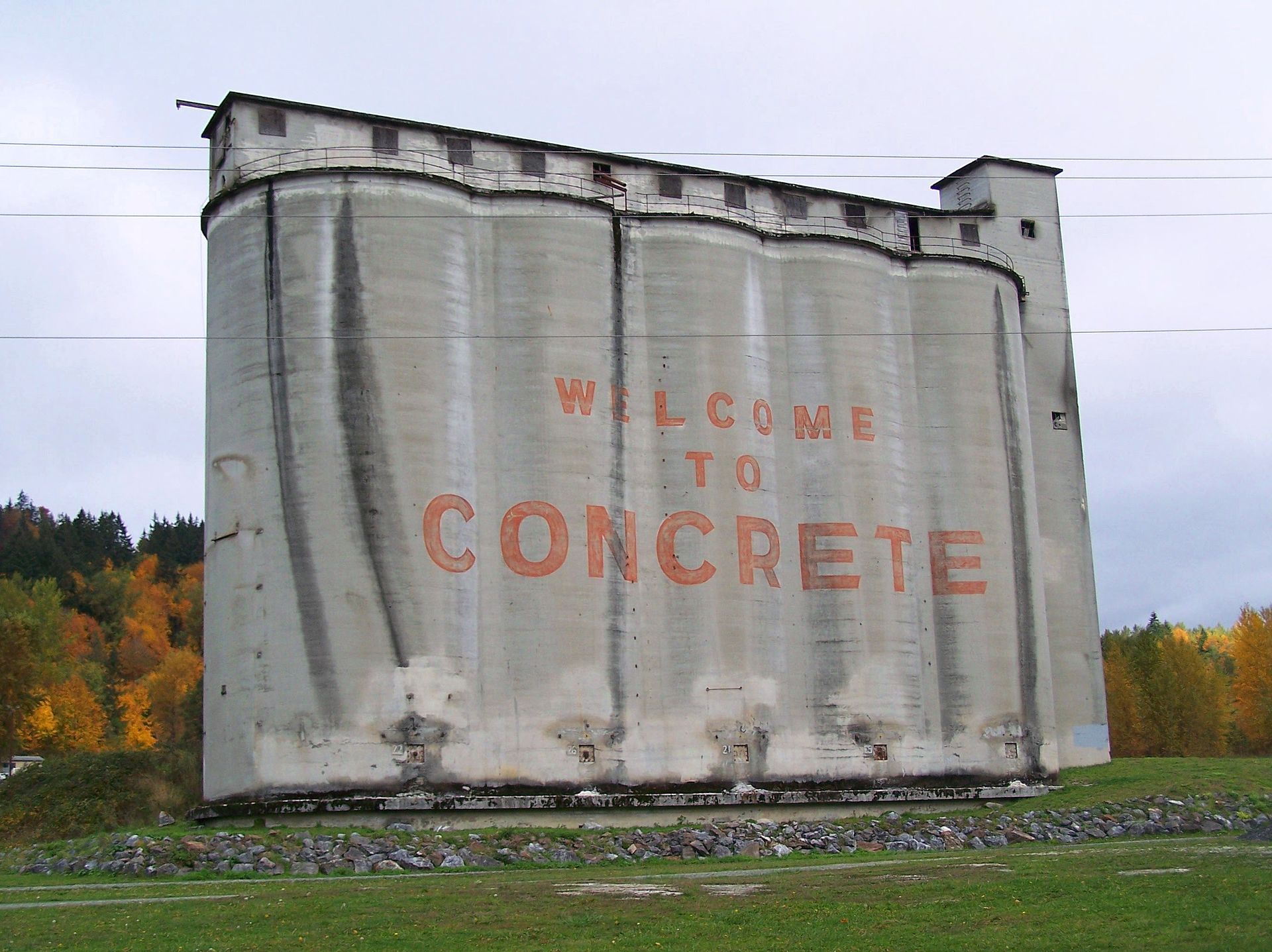
You’ll never guess what kind of industry built this town northeast of Seattle near North Cascades National Park. The Washington Portland Cement Co. built a plant on one side of the Baker River and the Superior Portland Cement Co, built one on the other. The two areas came together in 1909 to form Concrete. Fun fact: After fire destroyed part of the town, officials decided to build subsequent commercial buildings with — that’s right — concrete.
Tornado, West Virginia
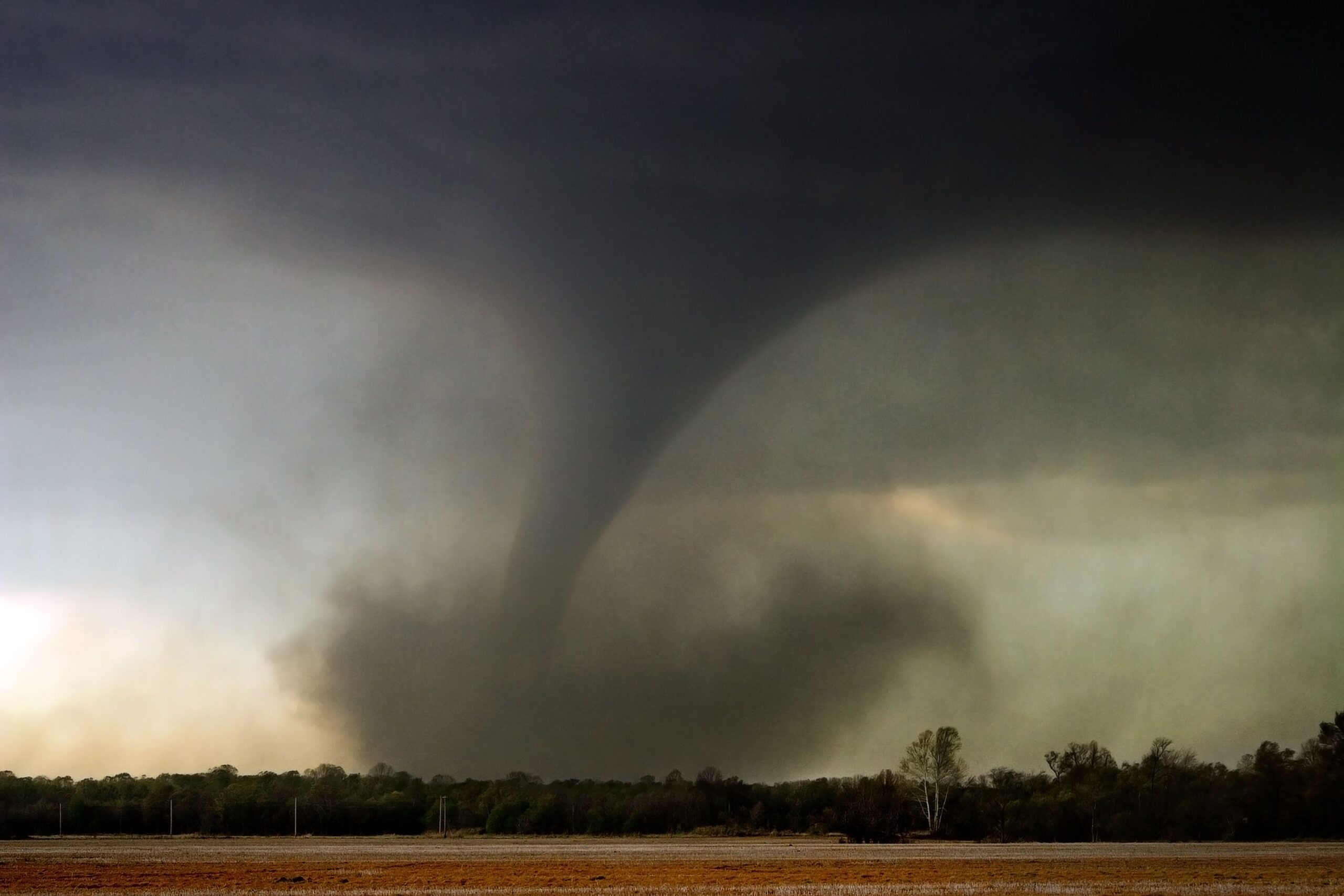
This small community west of Charleston on the Coal River has been known by many names including Upper Falls, Big Bend, and Andrews Heights. After a dispute, the U.S. Board of Geographic Names voted in 2013 to restore the moniker most people have known the town by since 1881, around the time a severe storm swept through the area.
Random Lake, Wisconsin
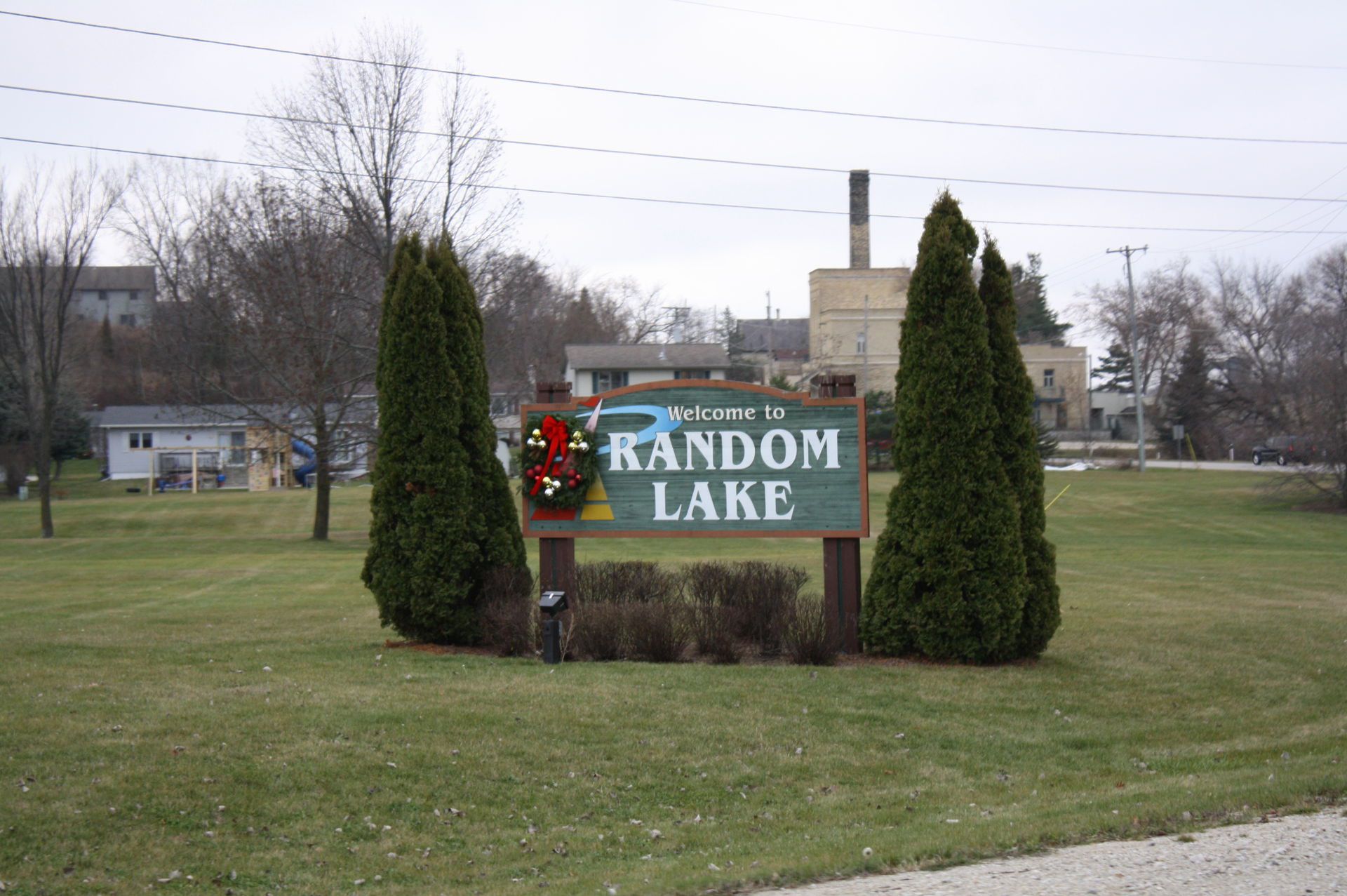
The village of about 1,600 people southwest of Sheboygan is built around 212-acre Random Lake, which got its name from surveyors in 1835 who may not have been expecting to find it.
Recluse, Wyoming
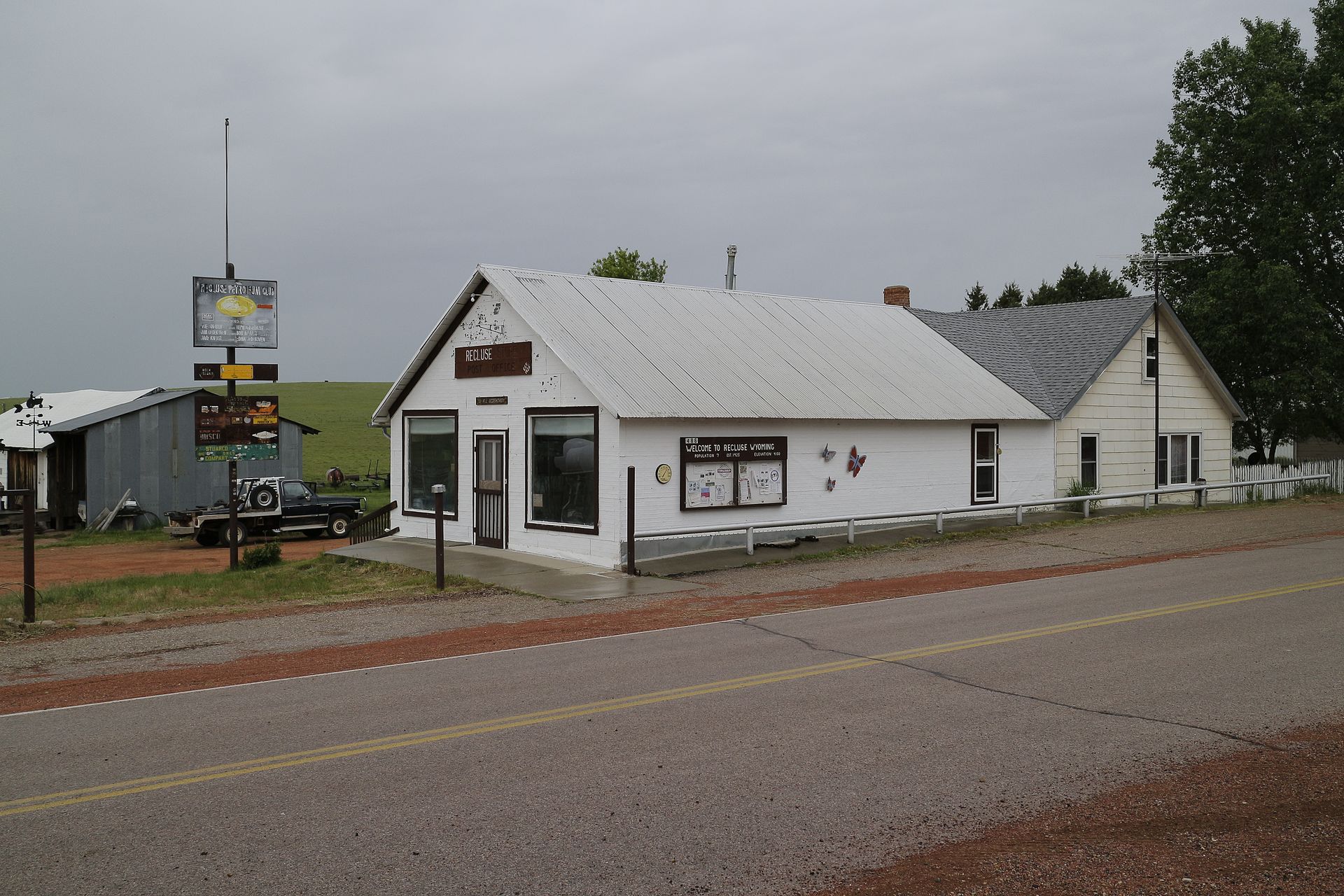
This little community 35 miles northwest of Gillette near the Canadian border takes its name “from a post office on an Indian reservation that was so isolated it actually disappeared,” says the Gillette News Record. It was established when eight brothers and their mother settled in the area. Descendants of the original settlers continue to work the land there today.
